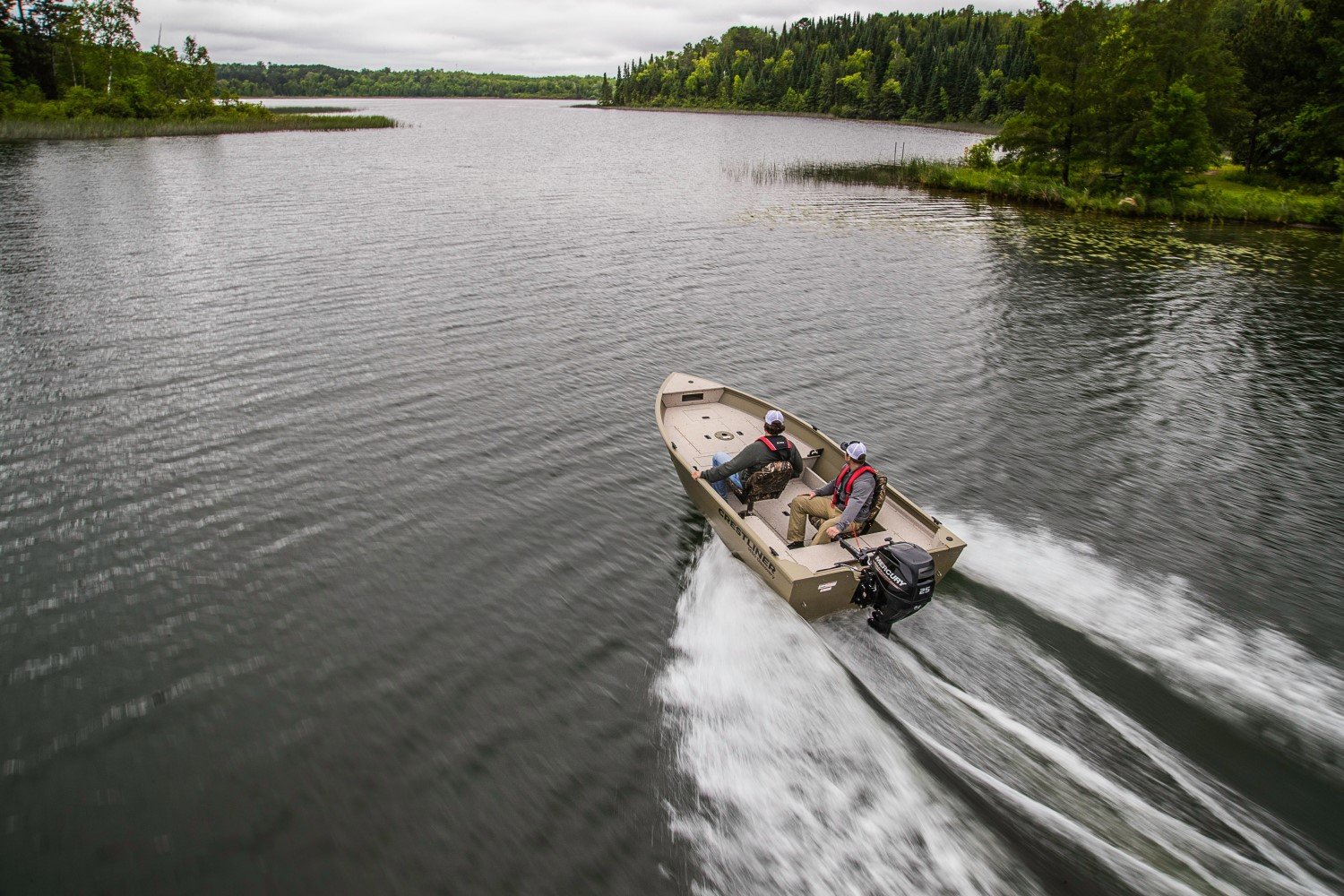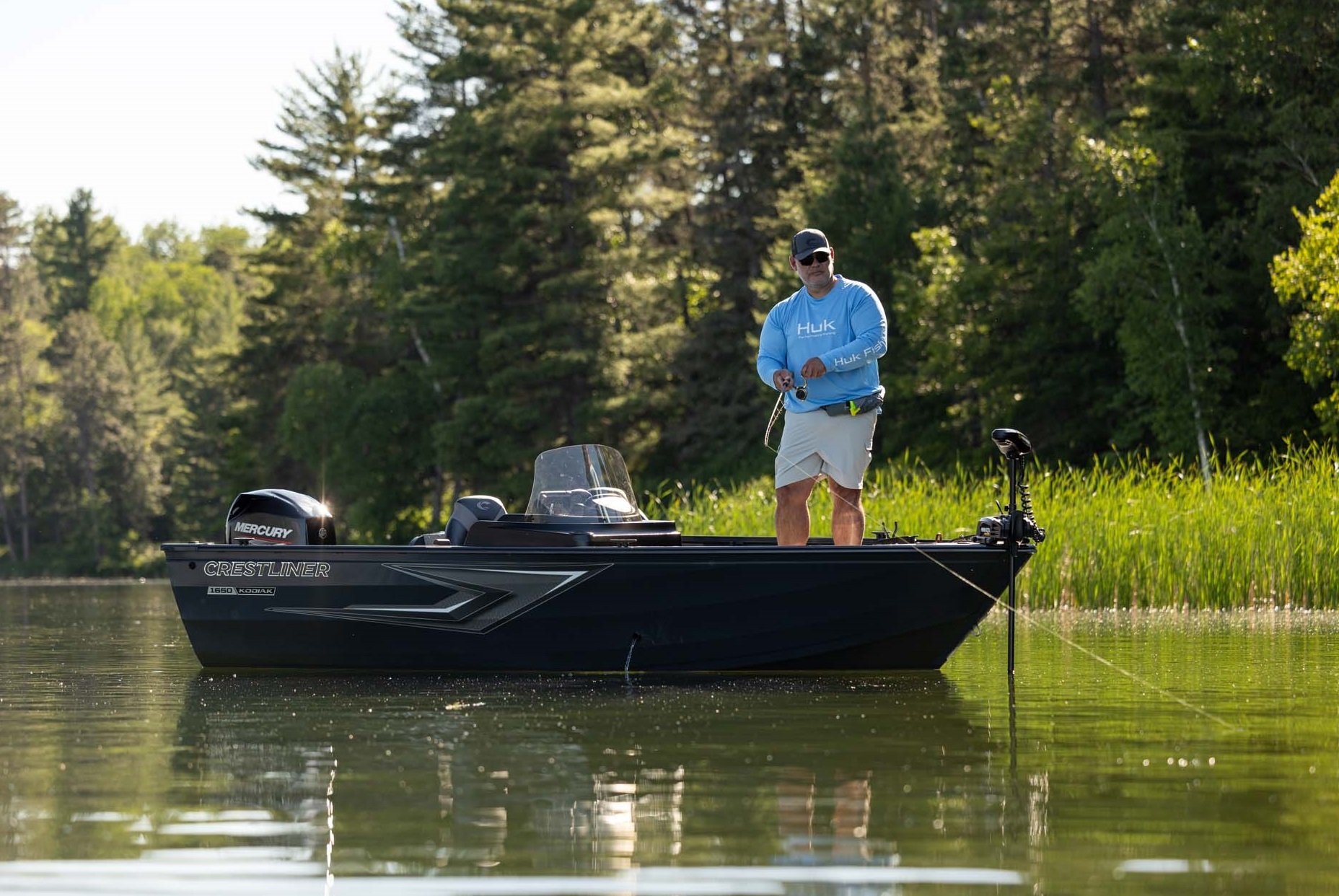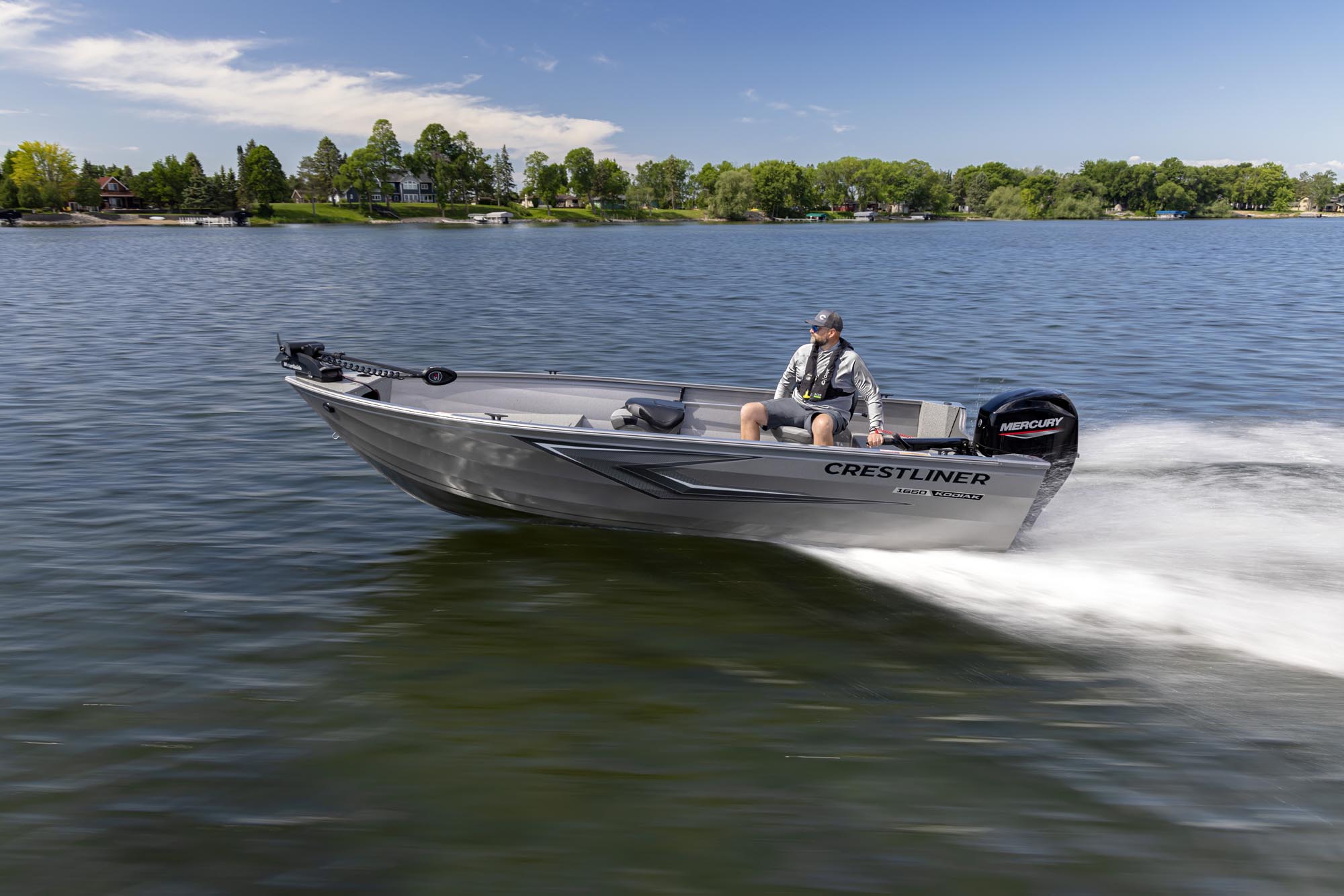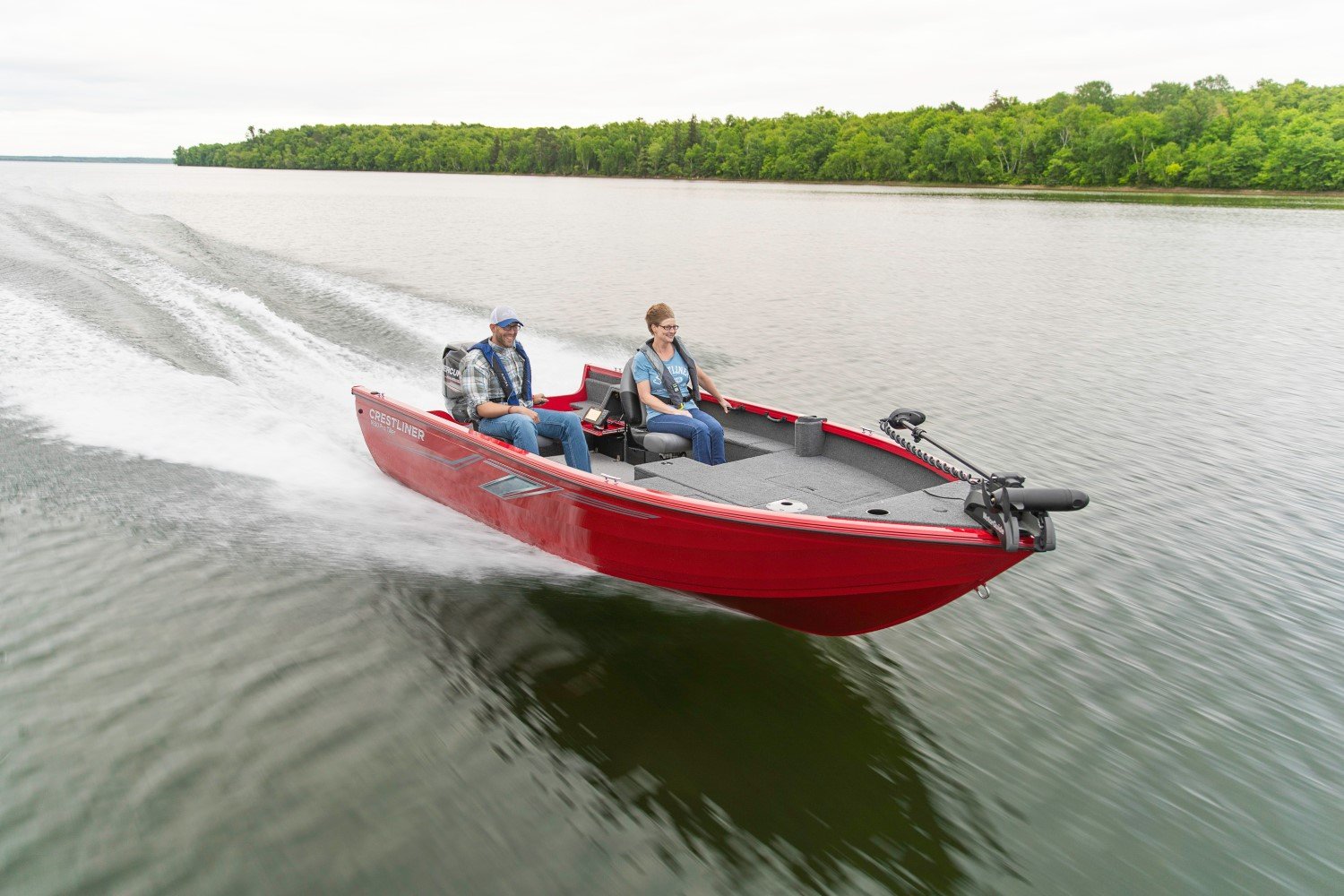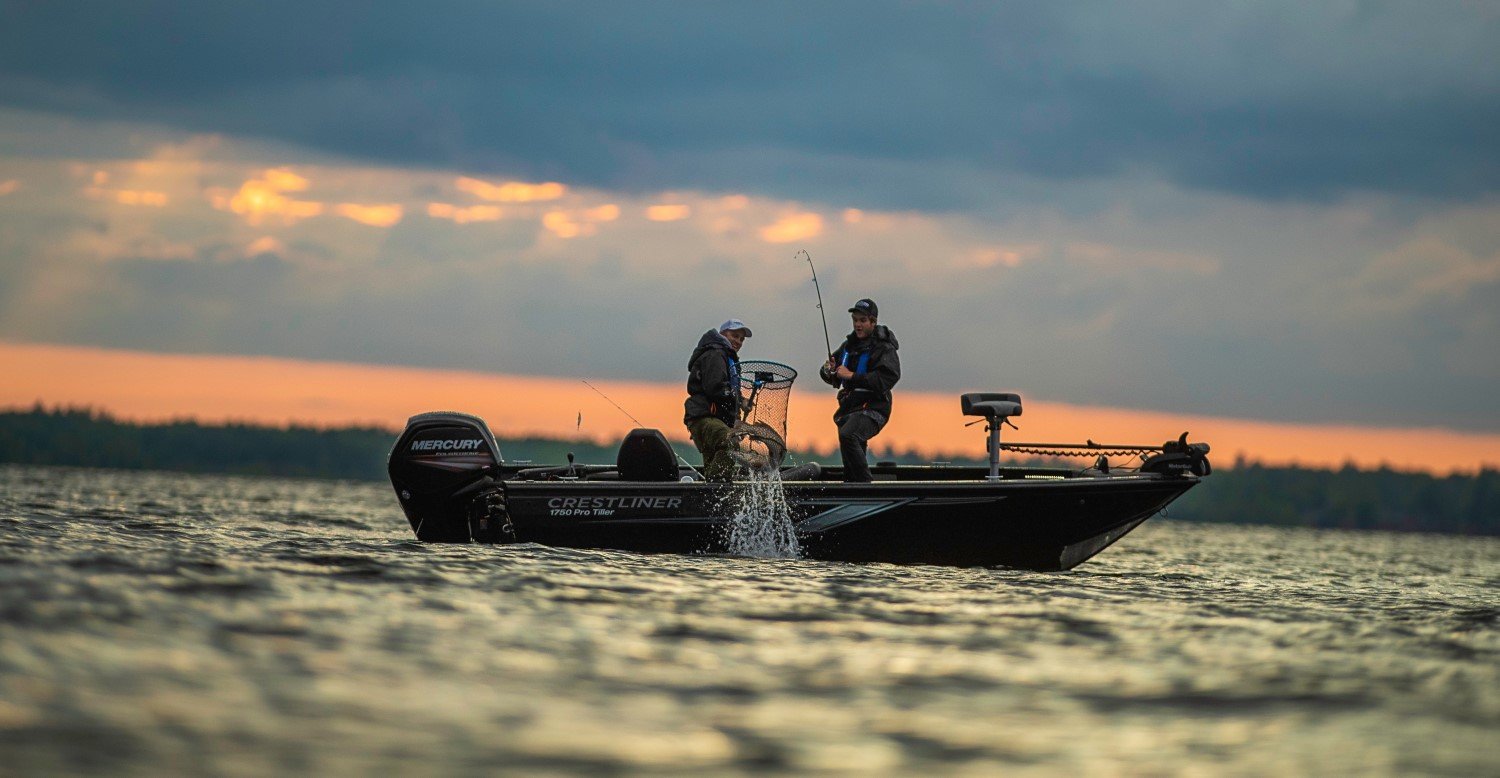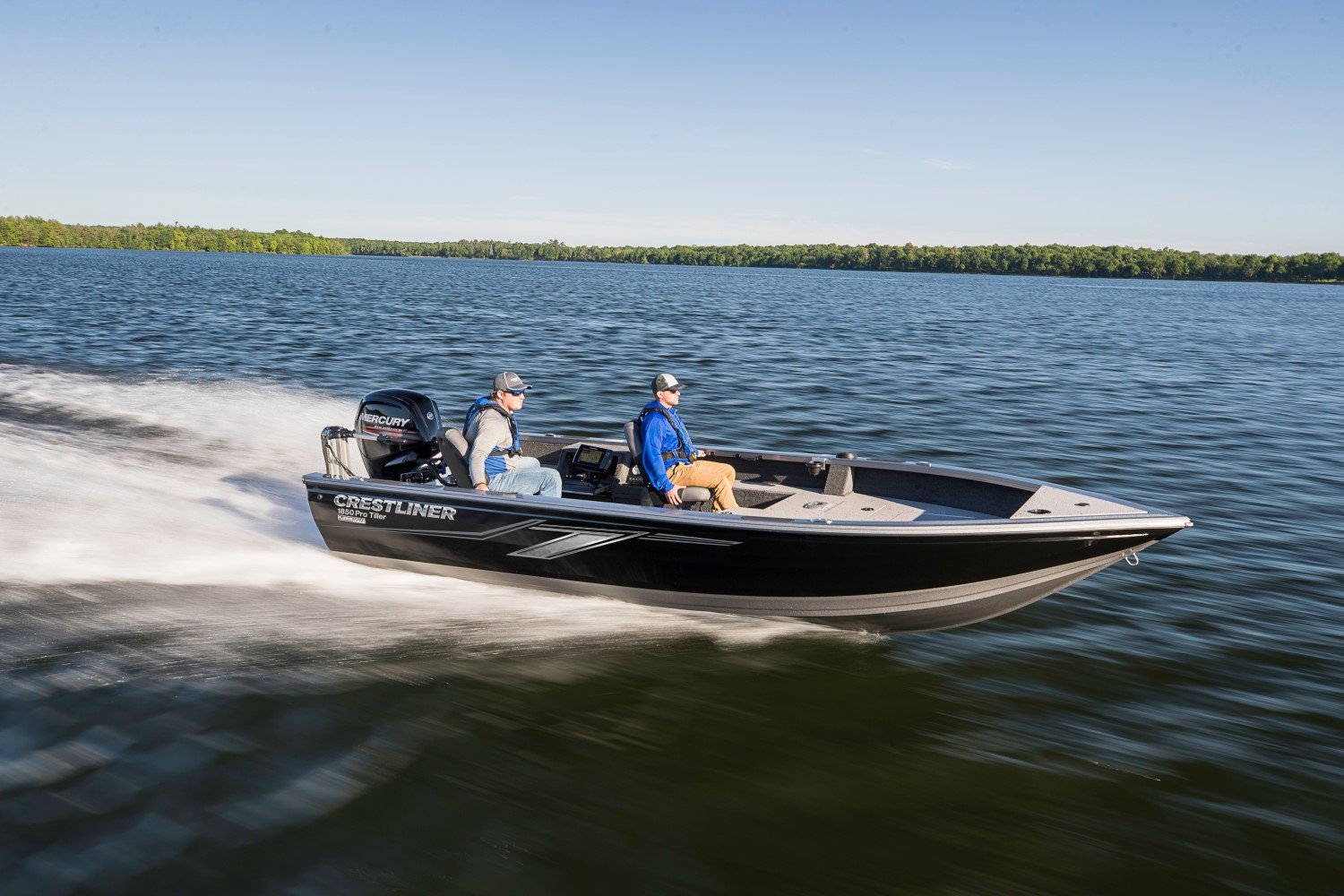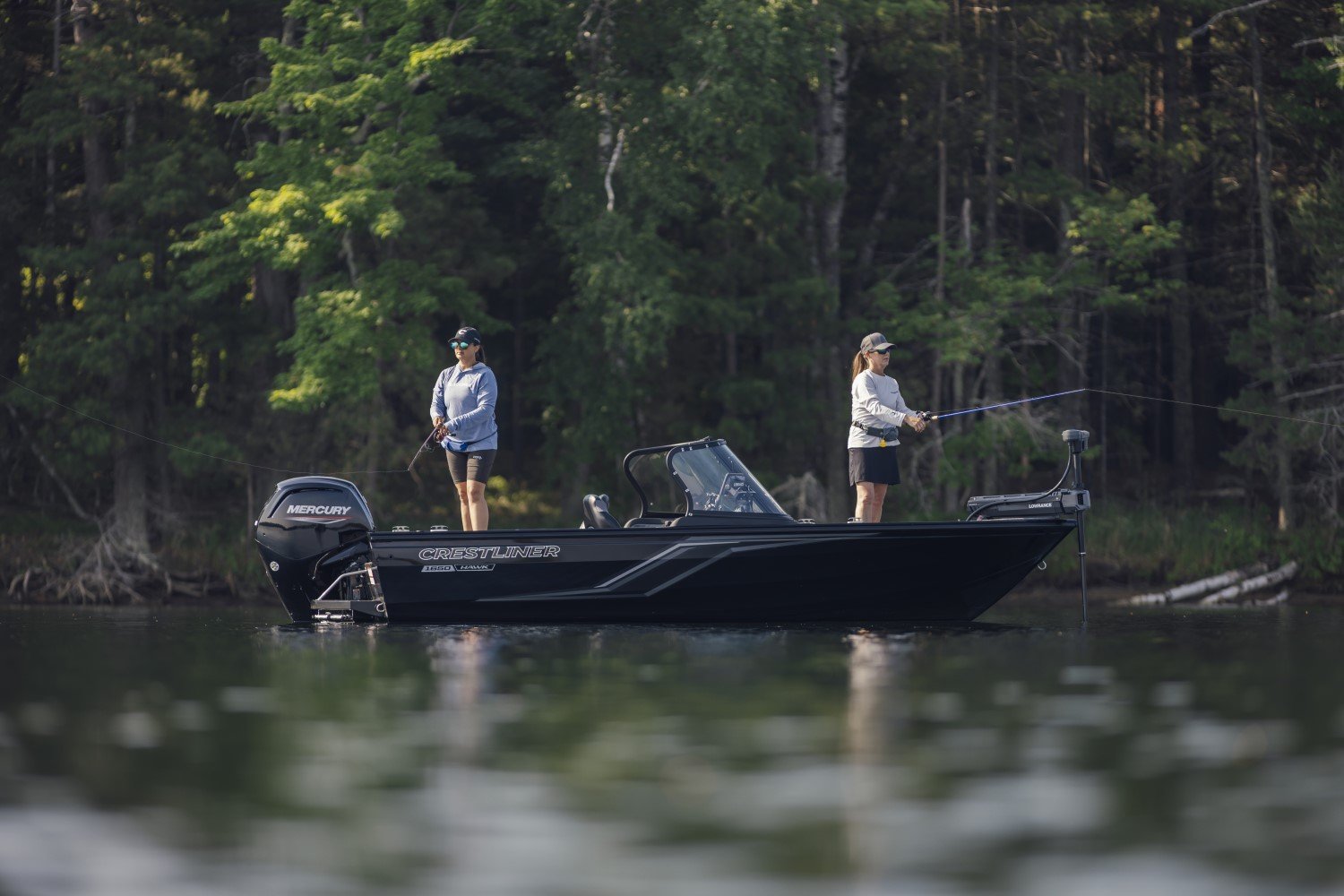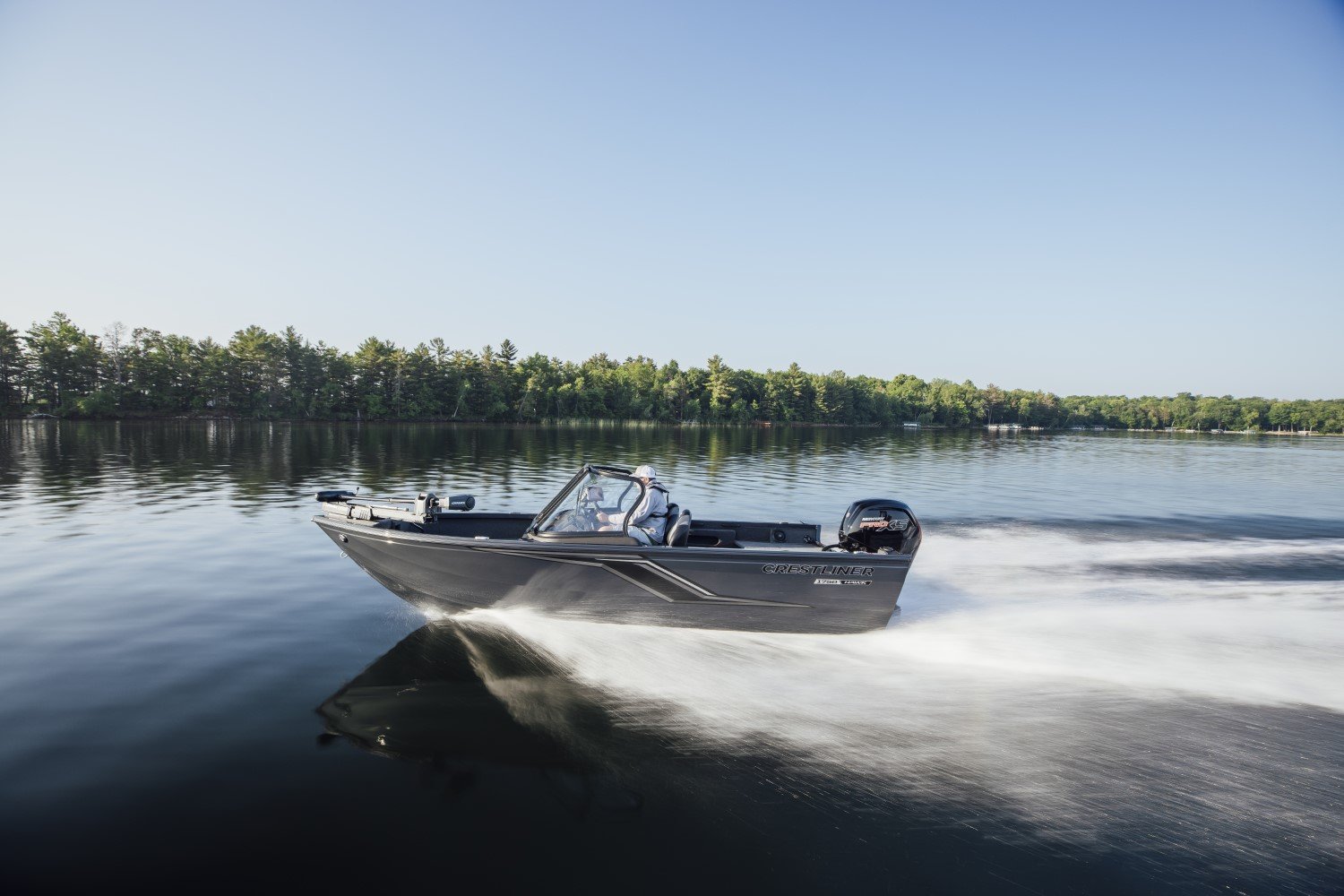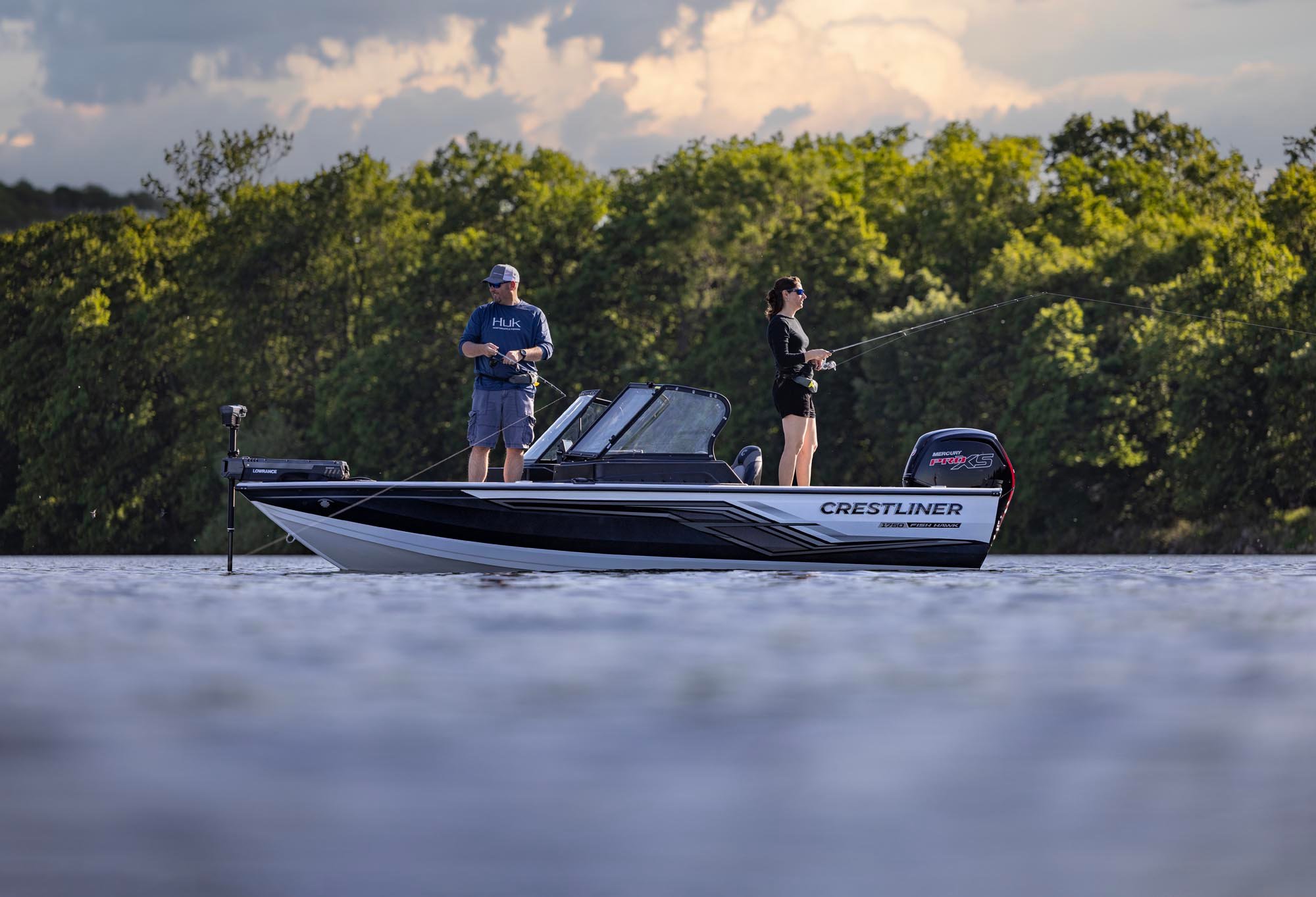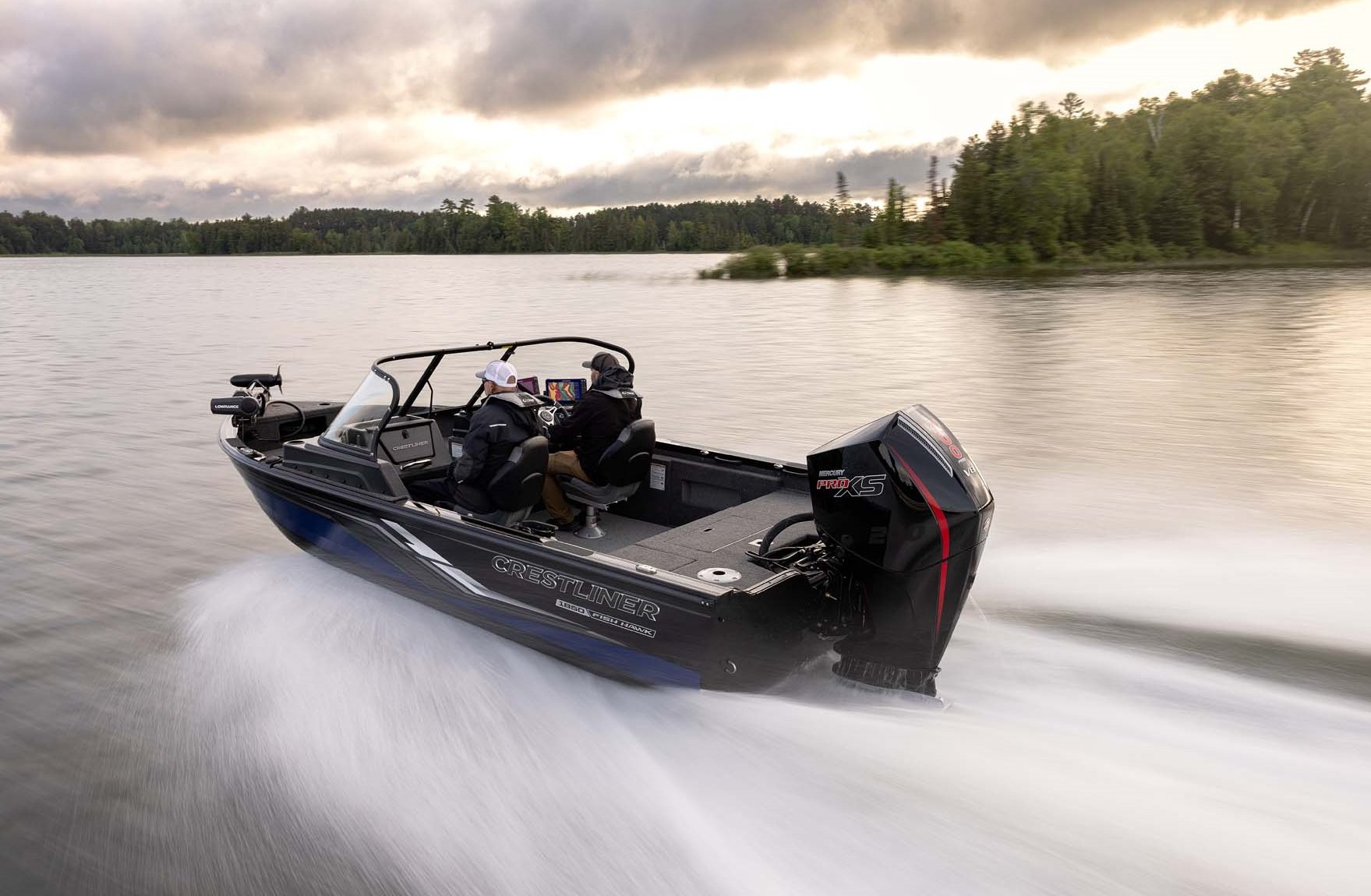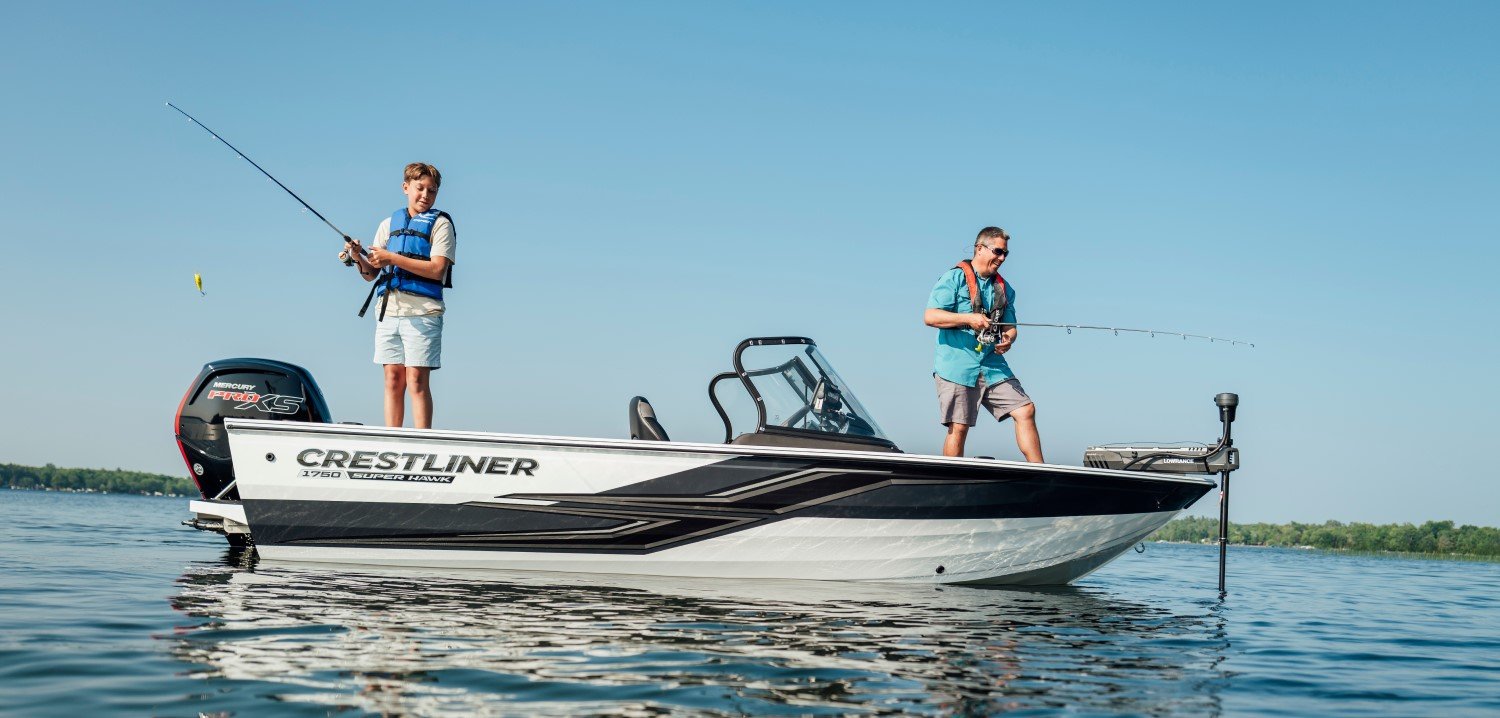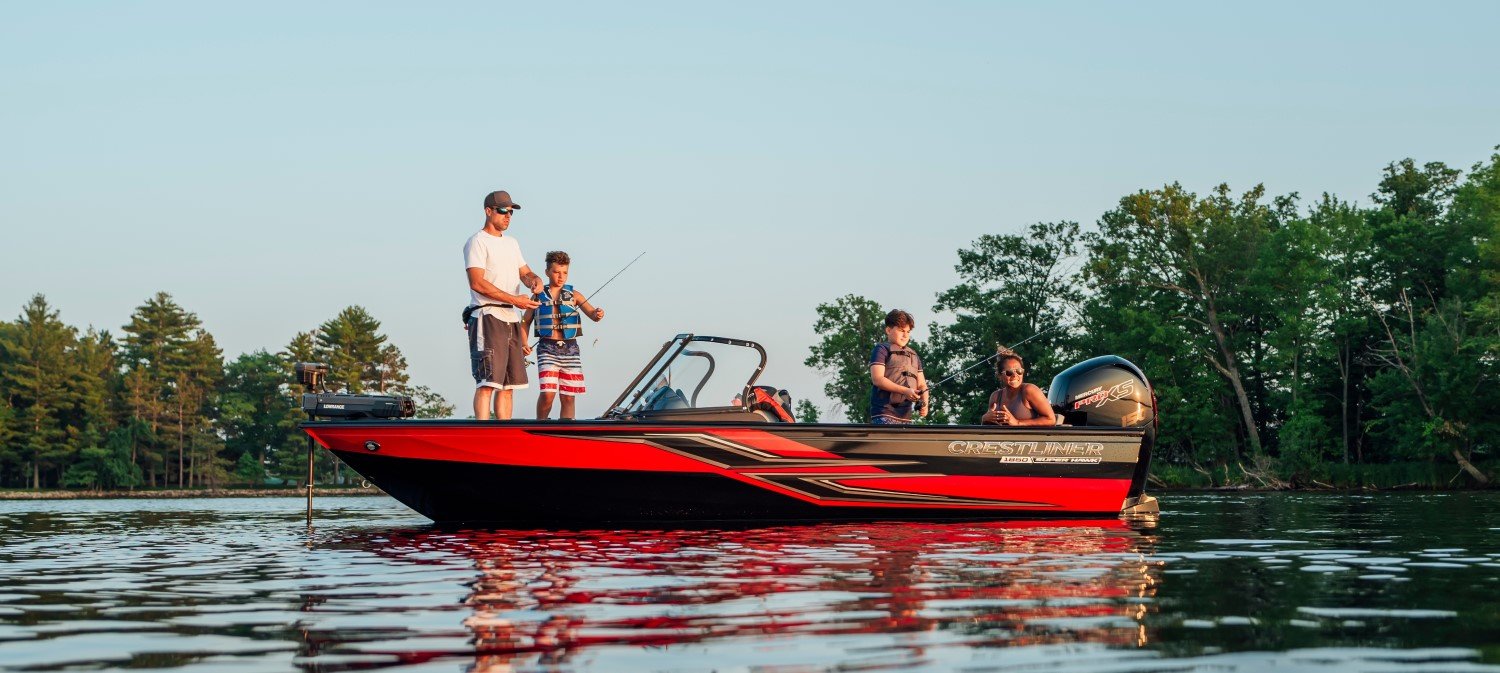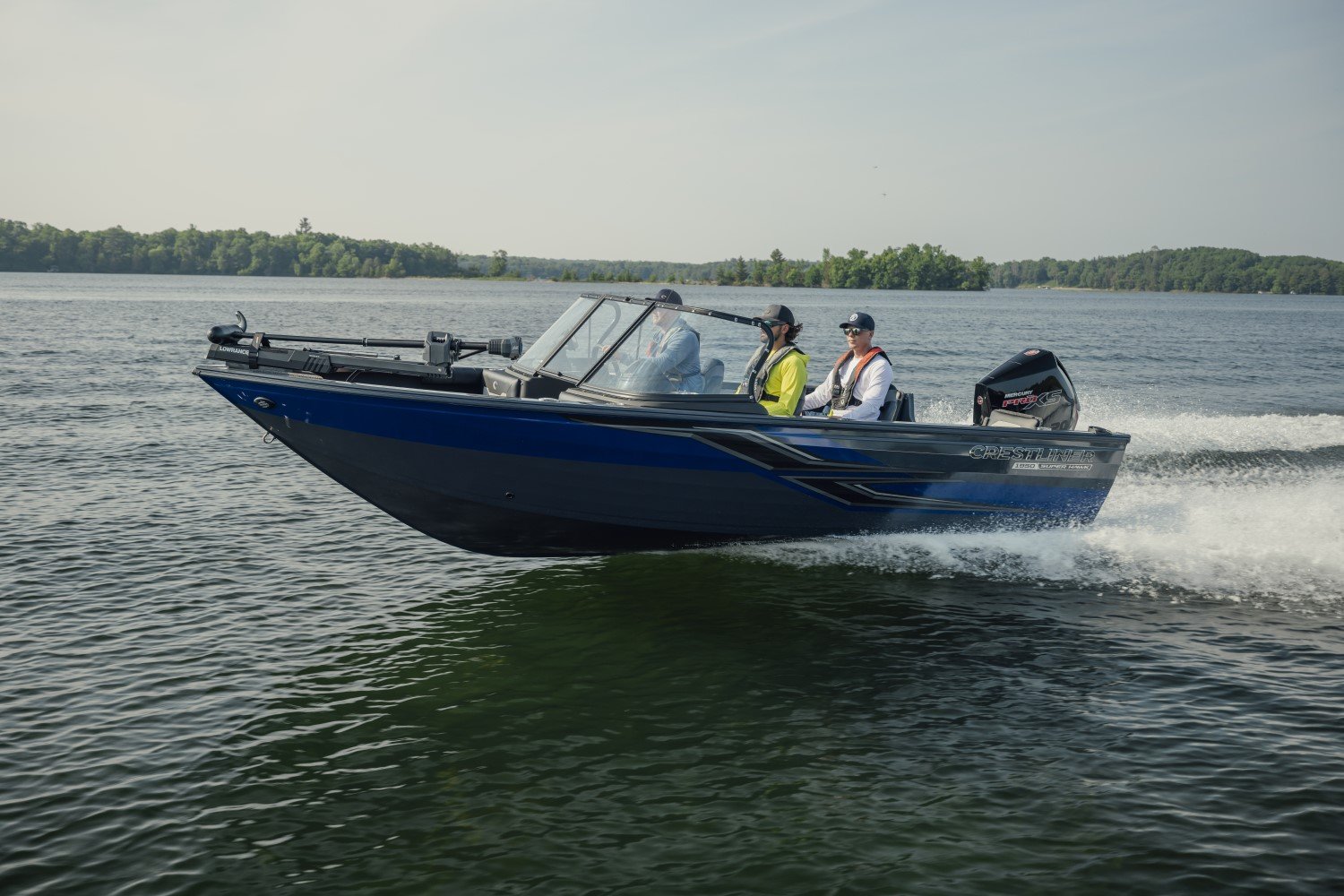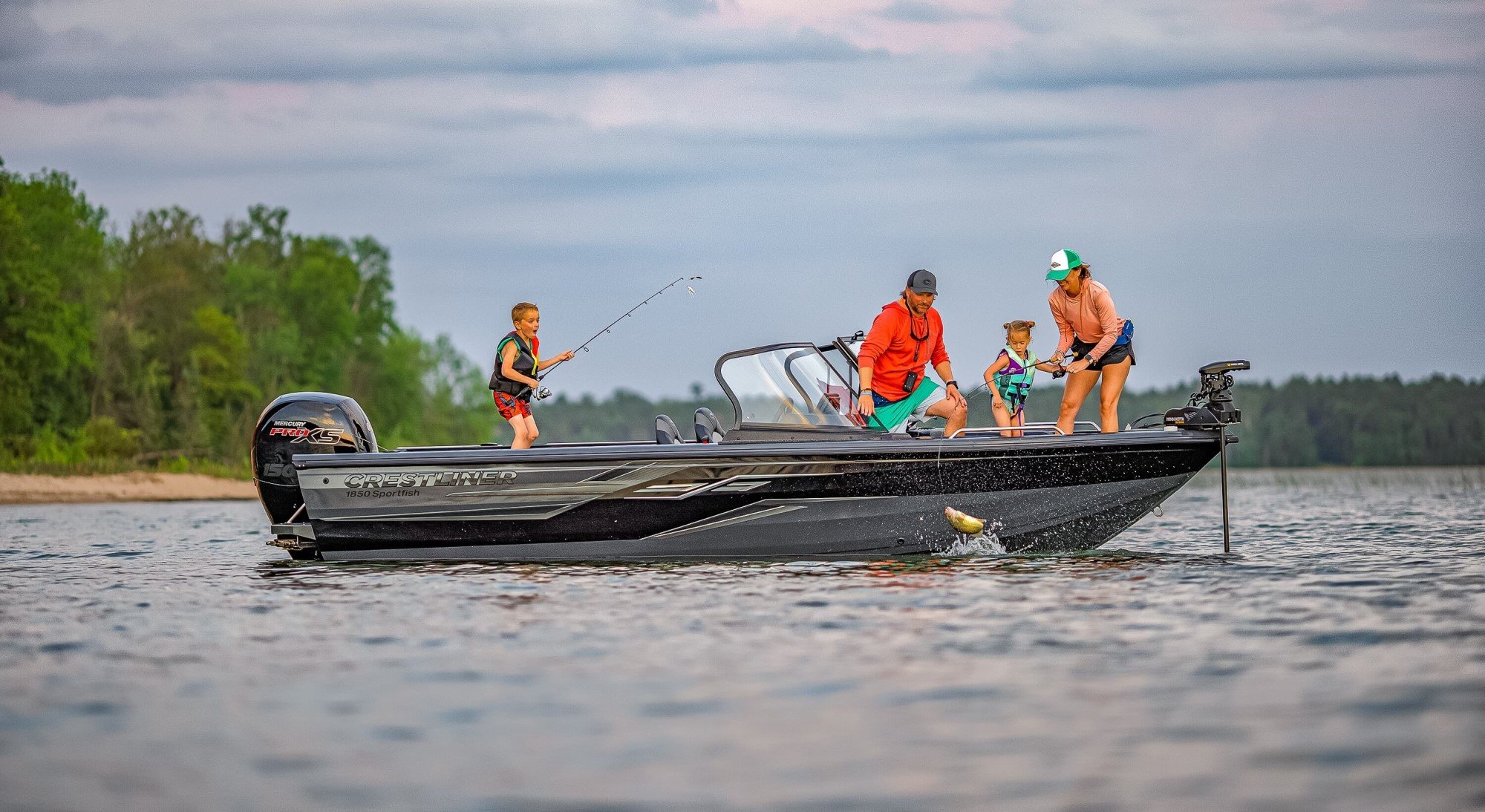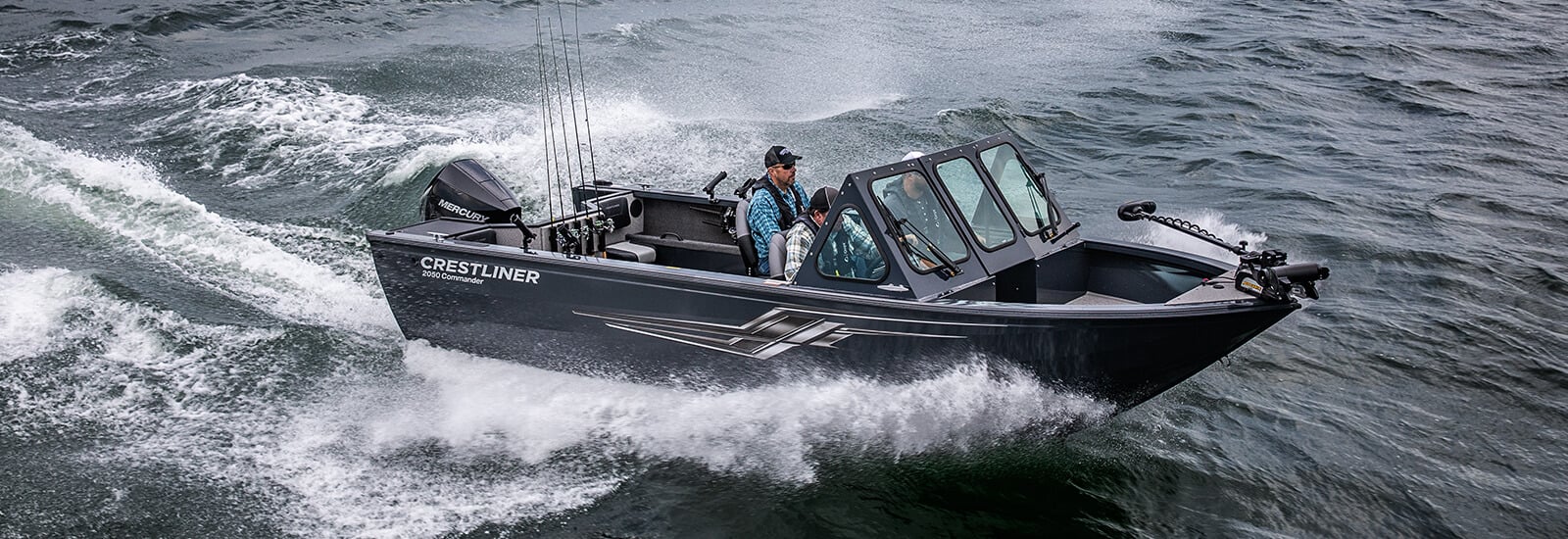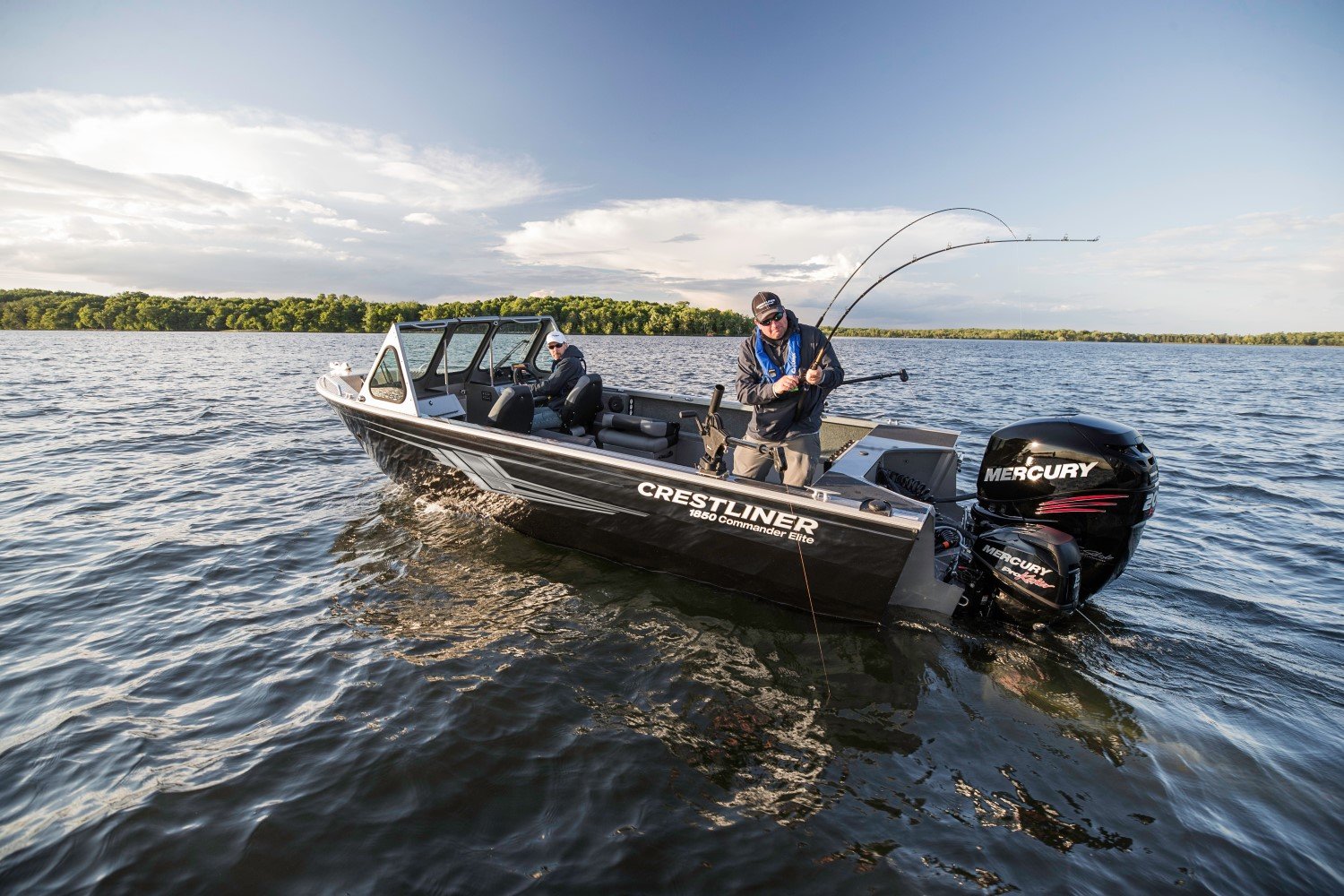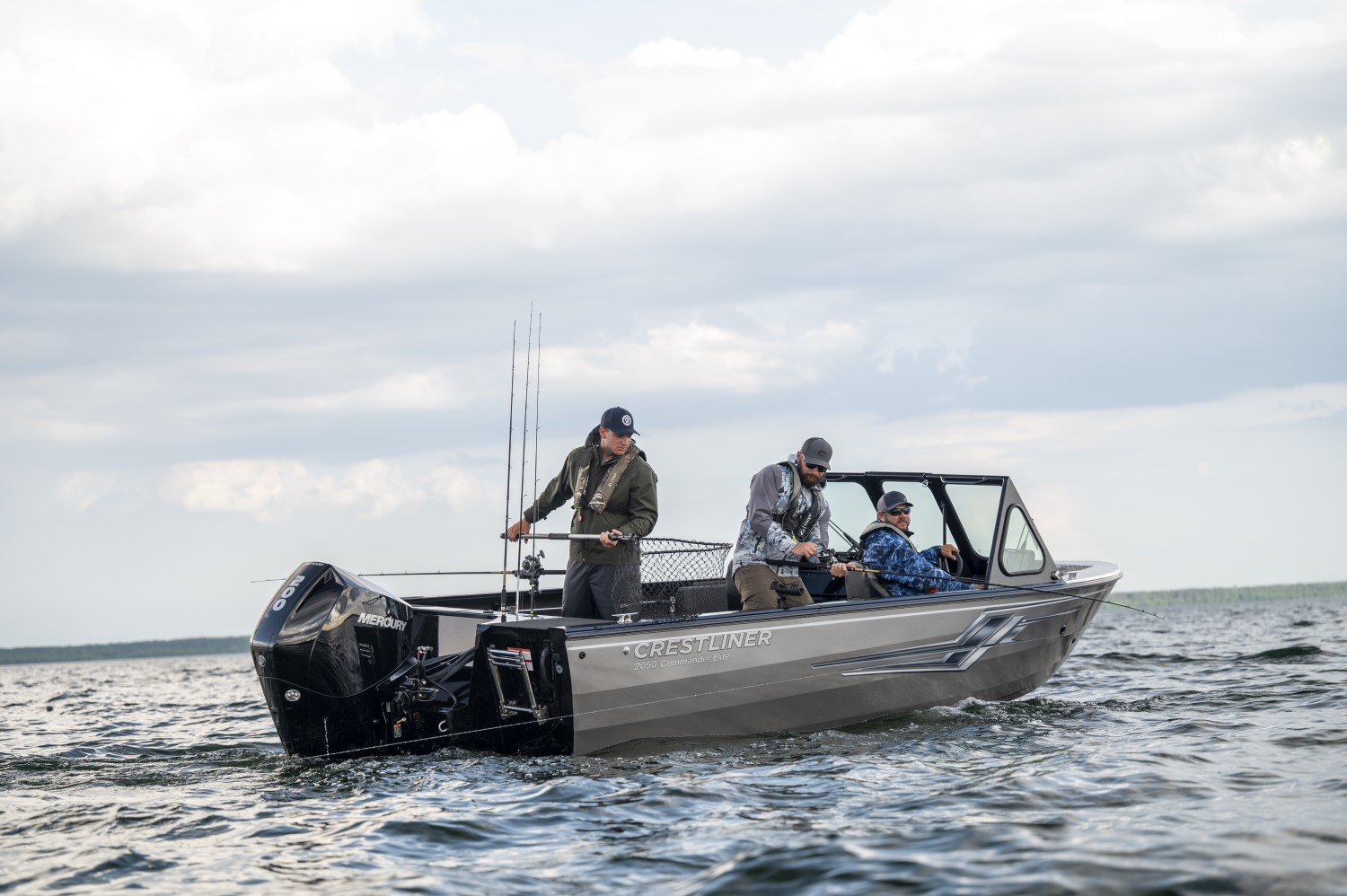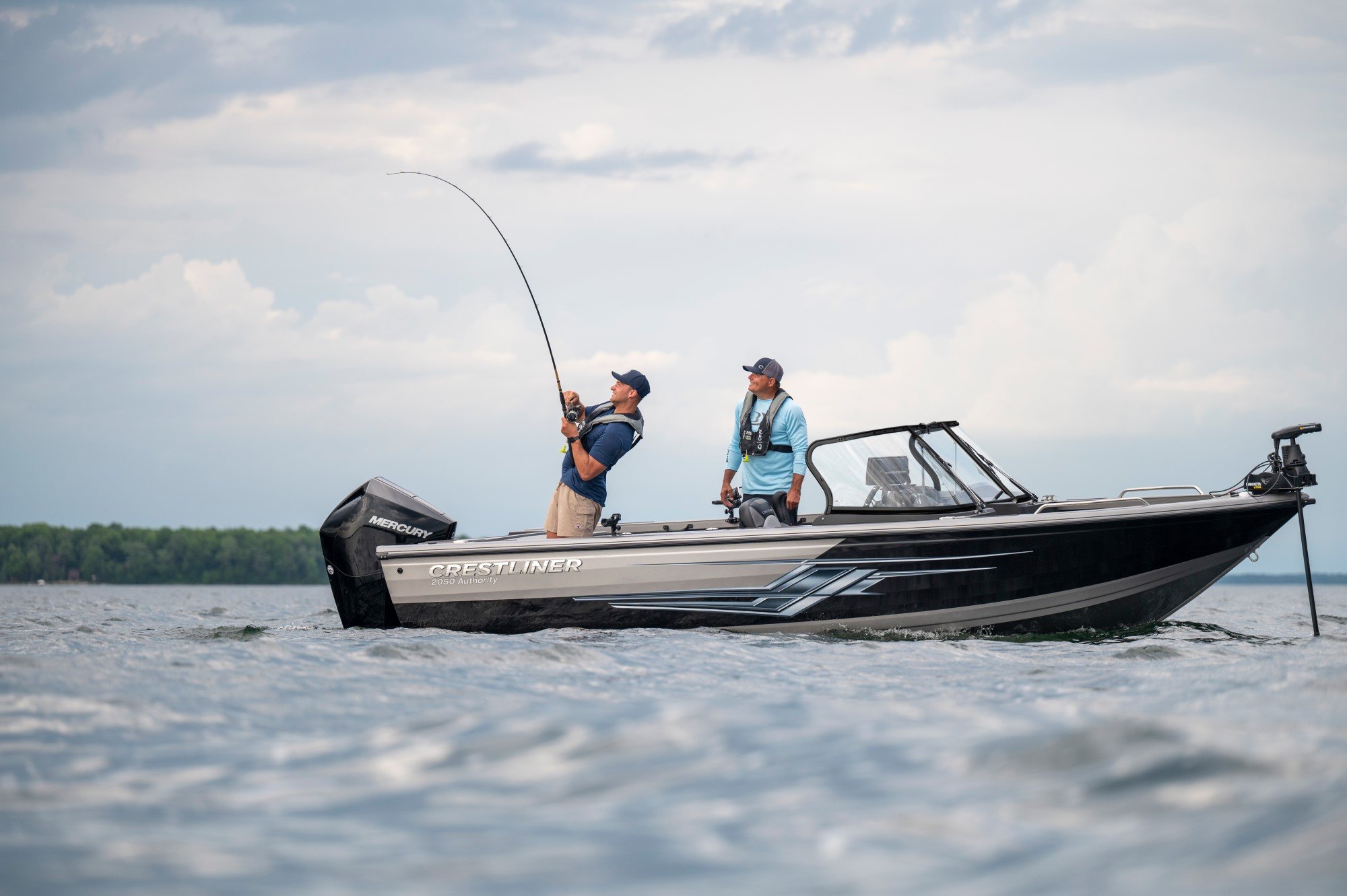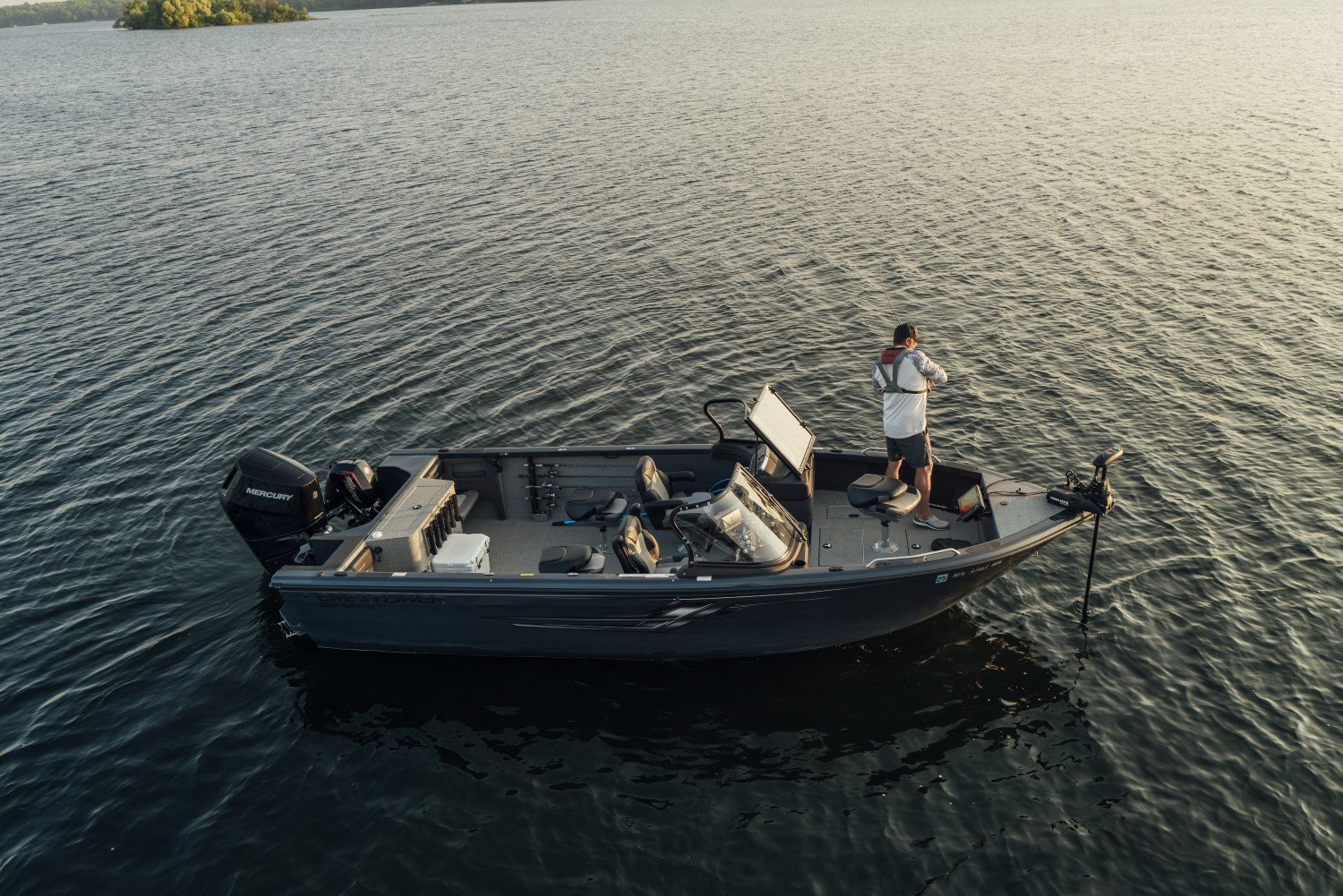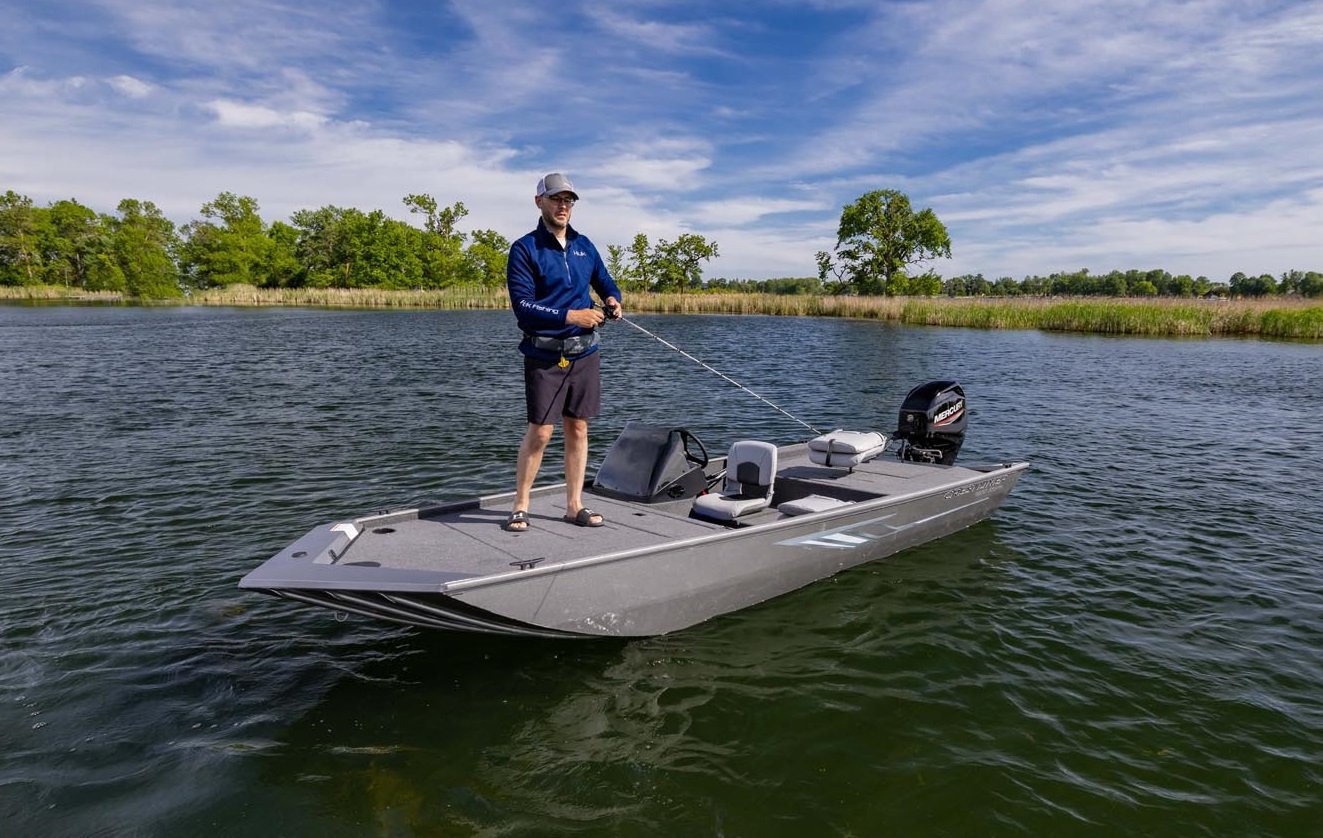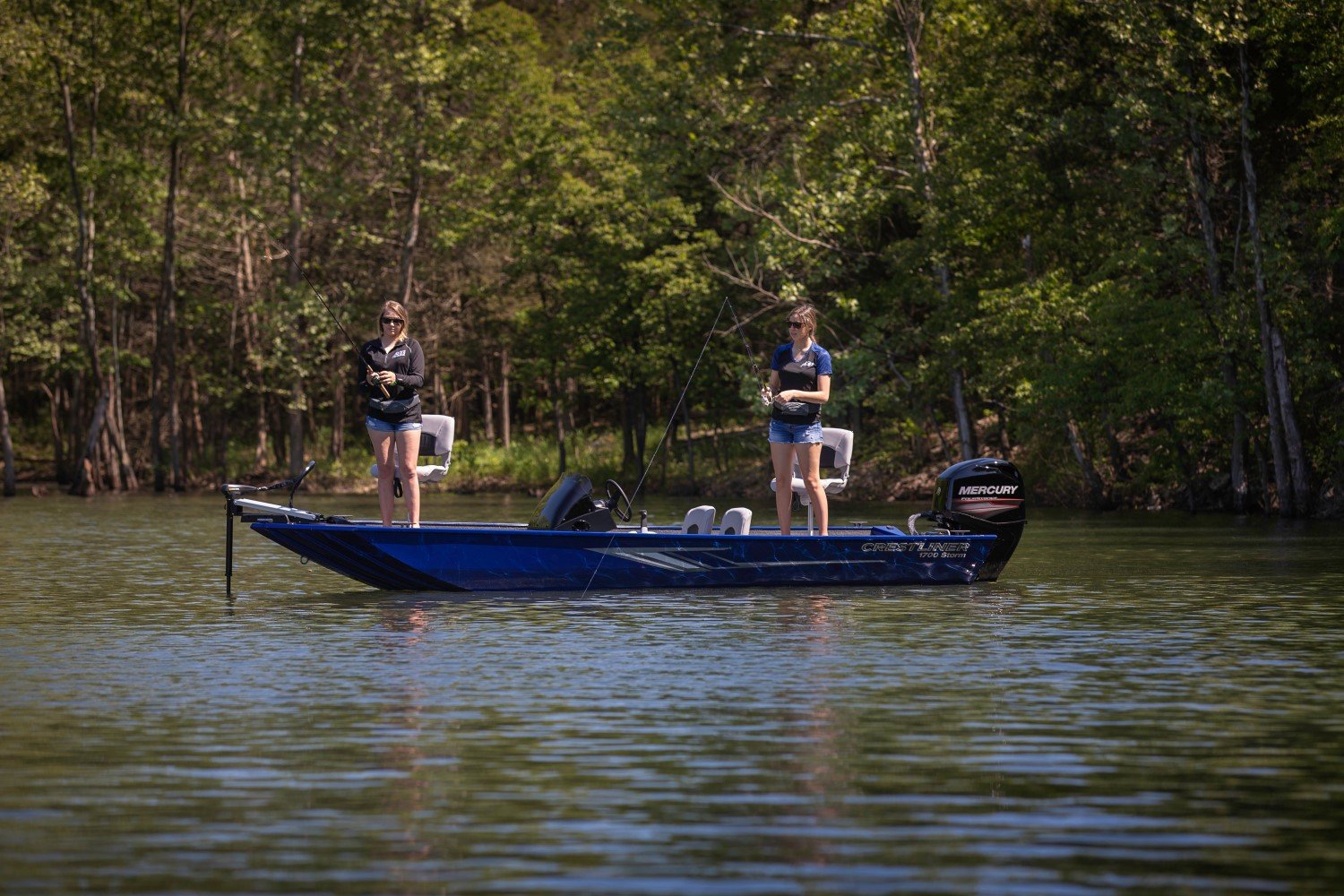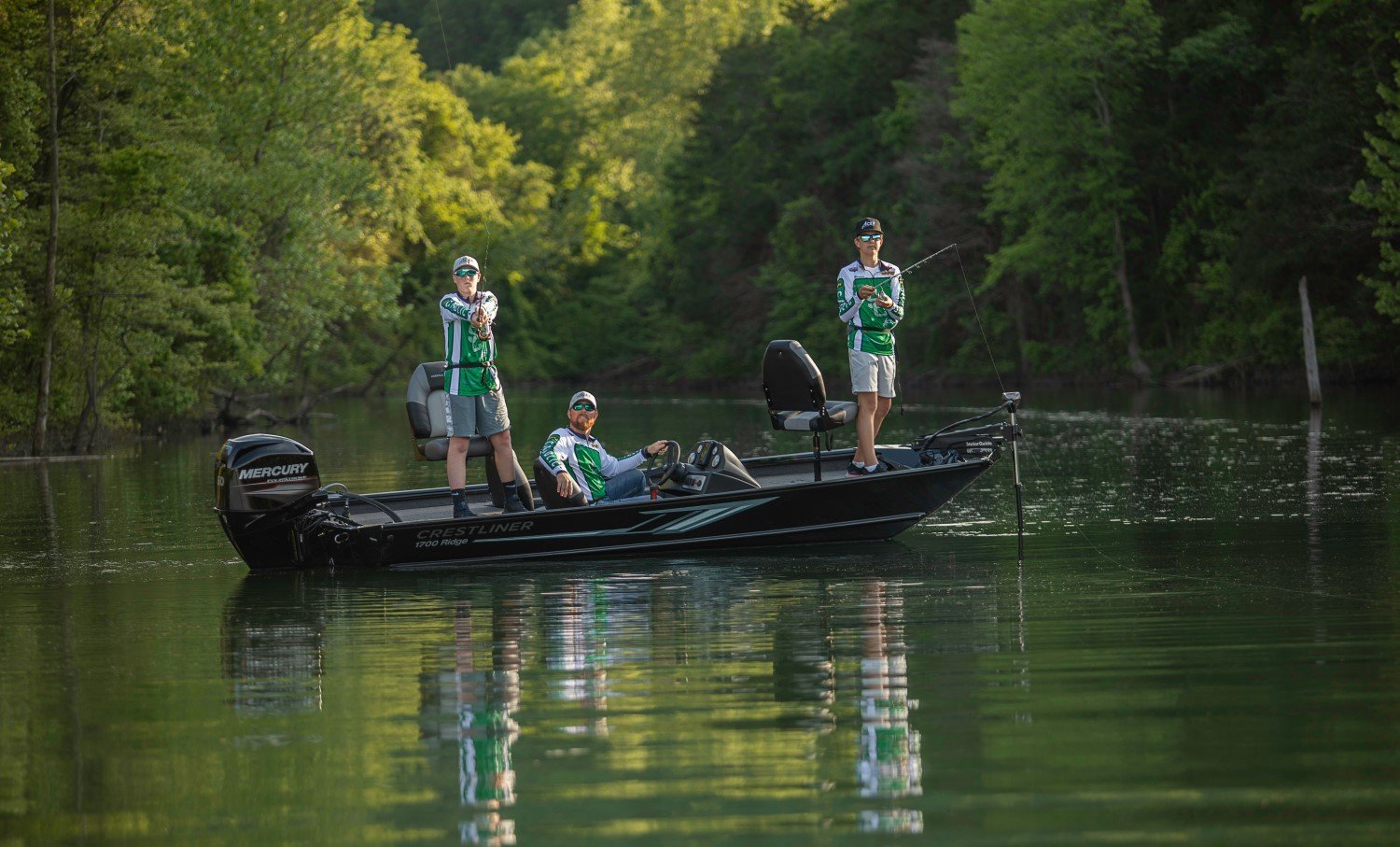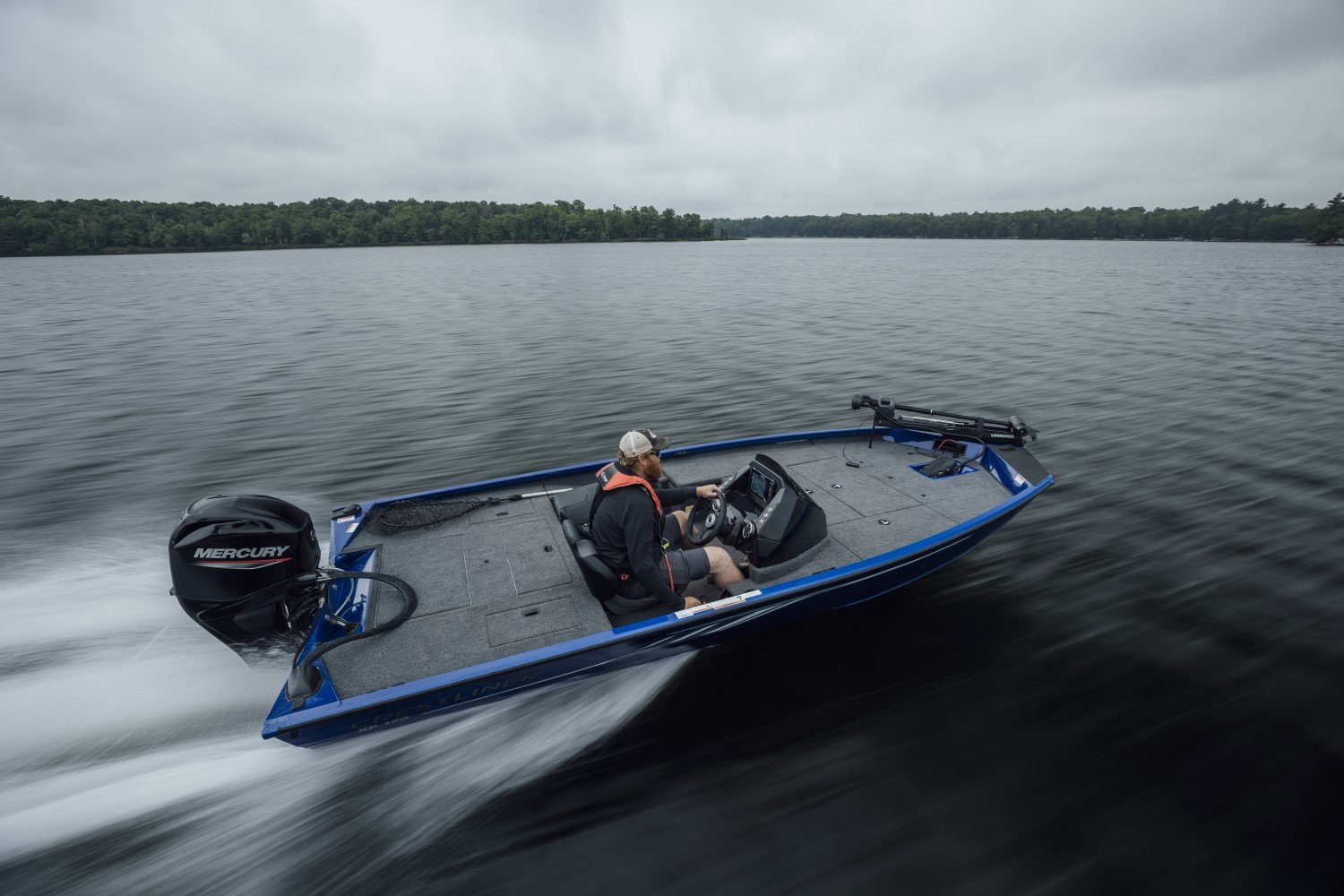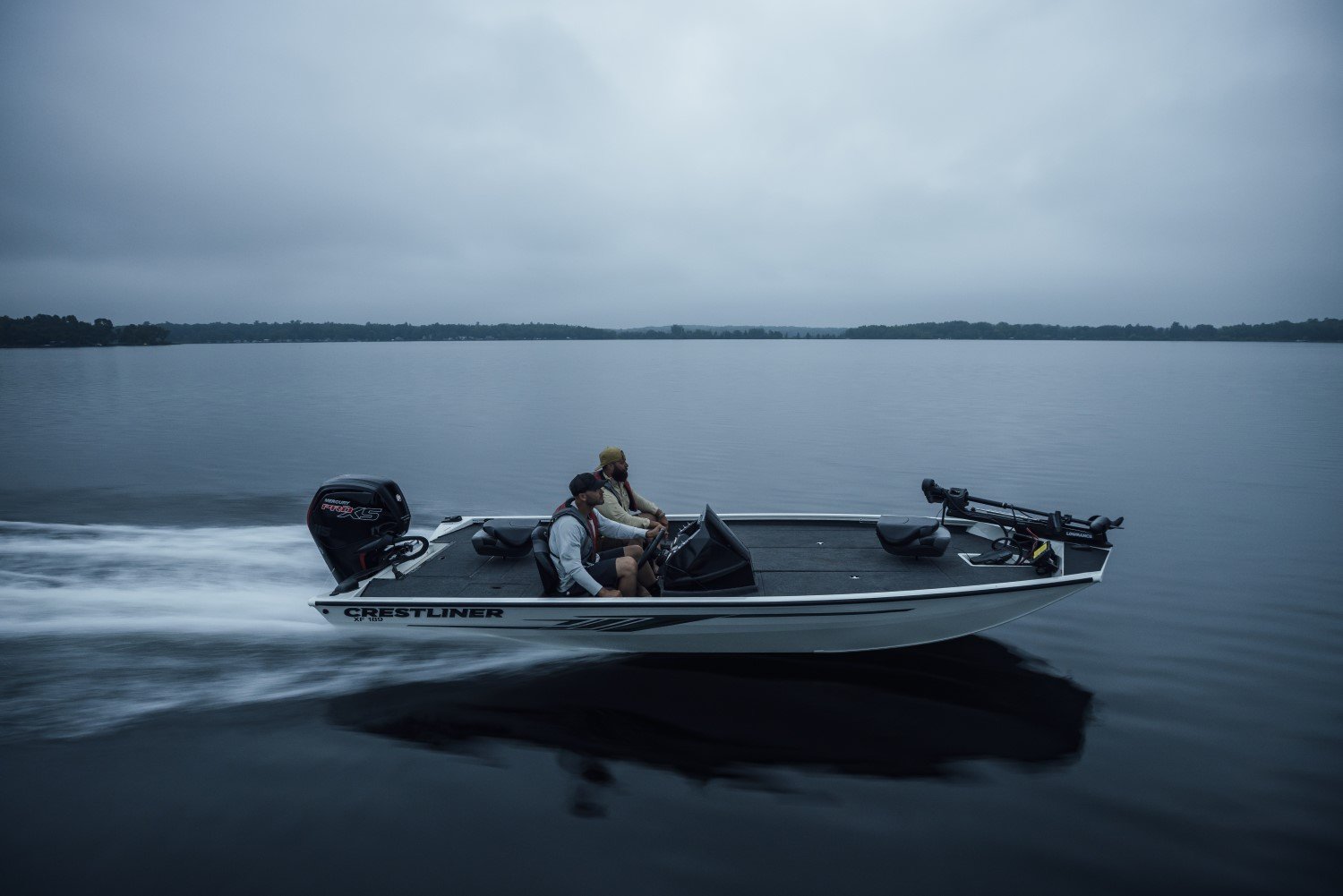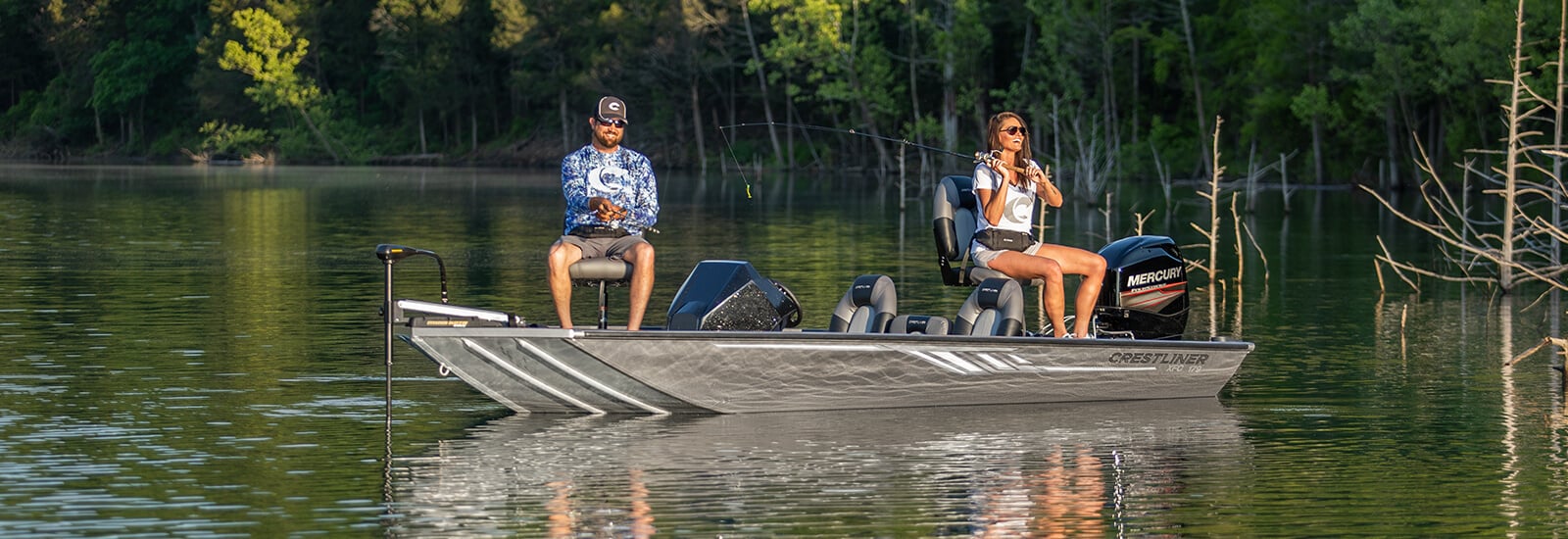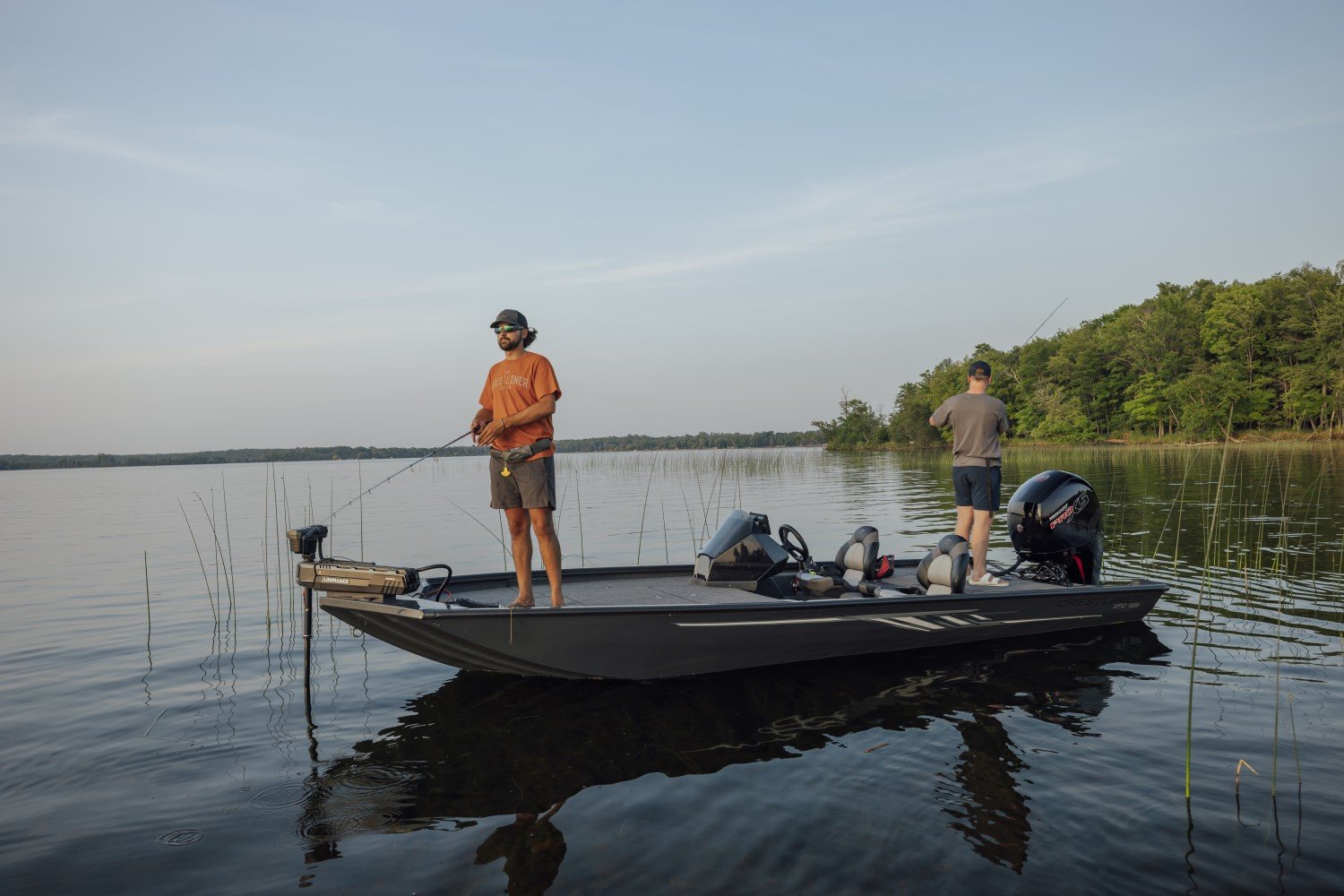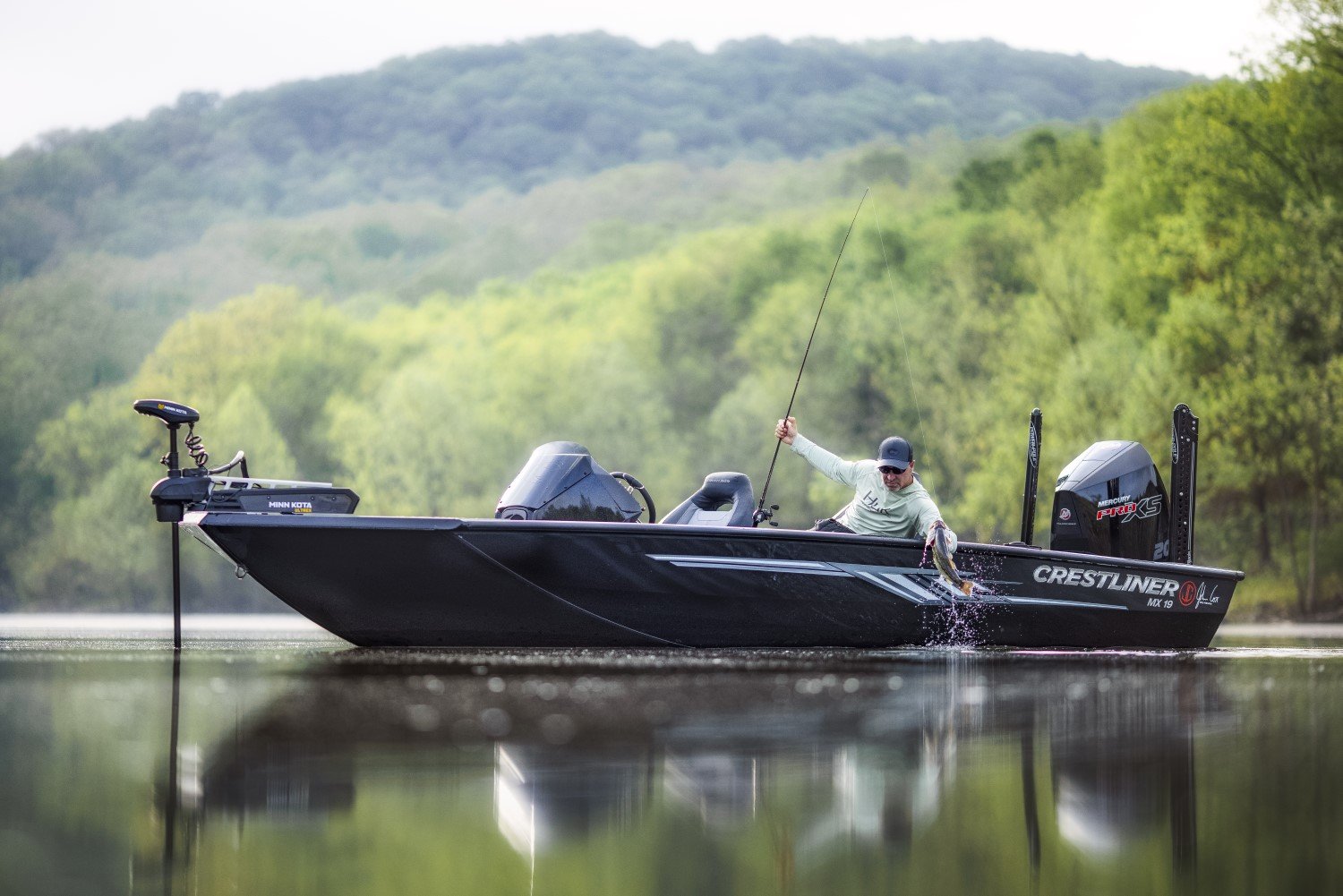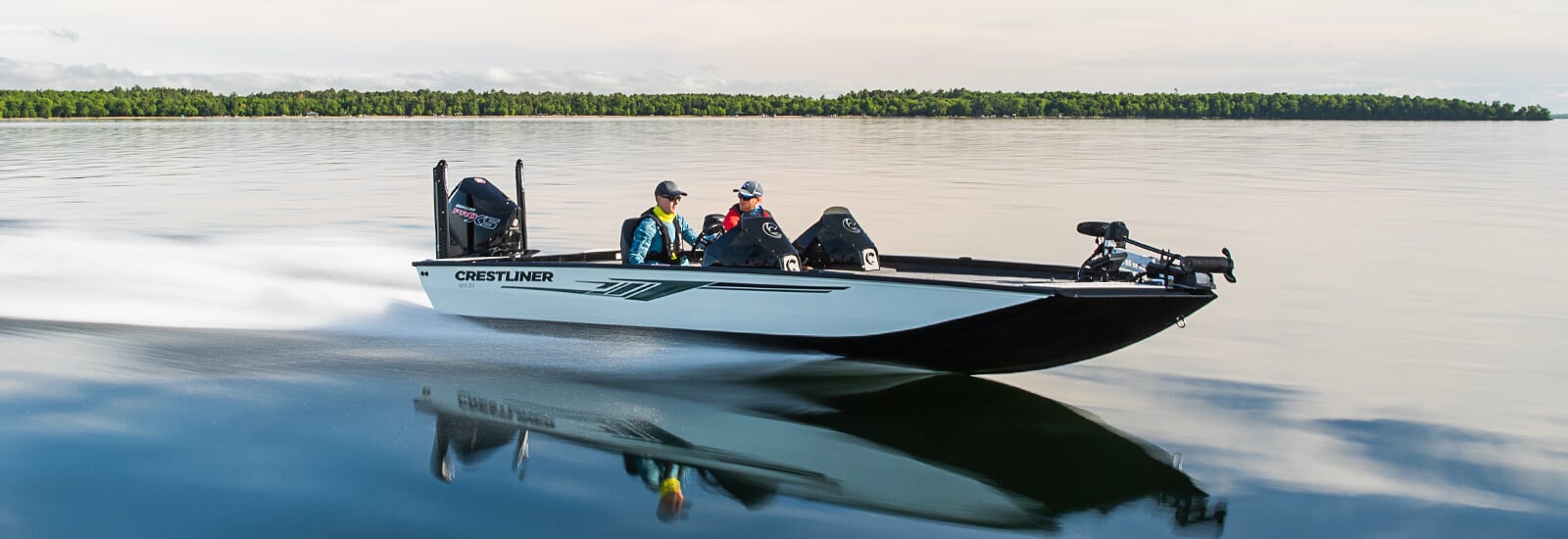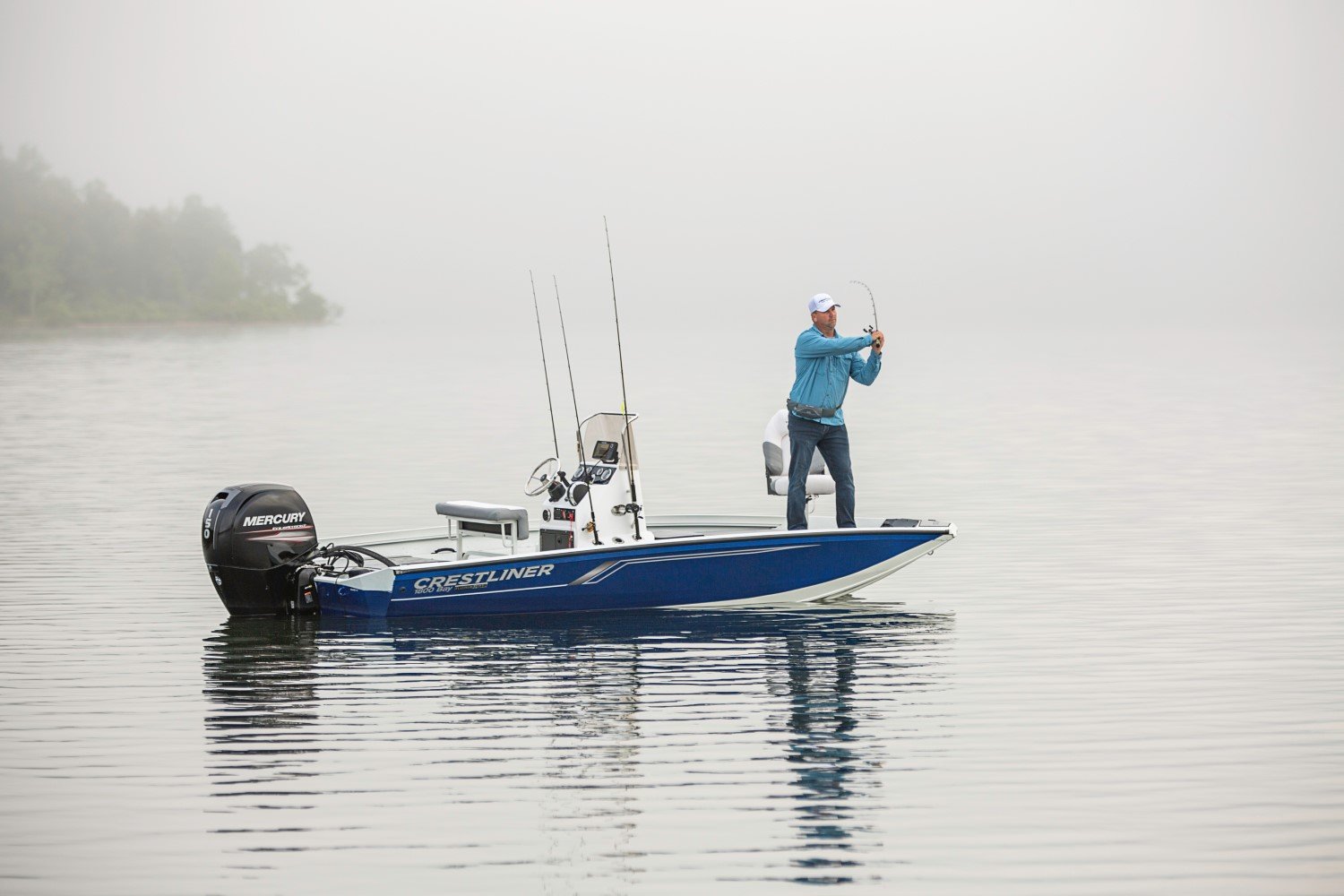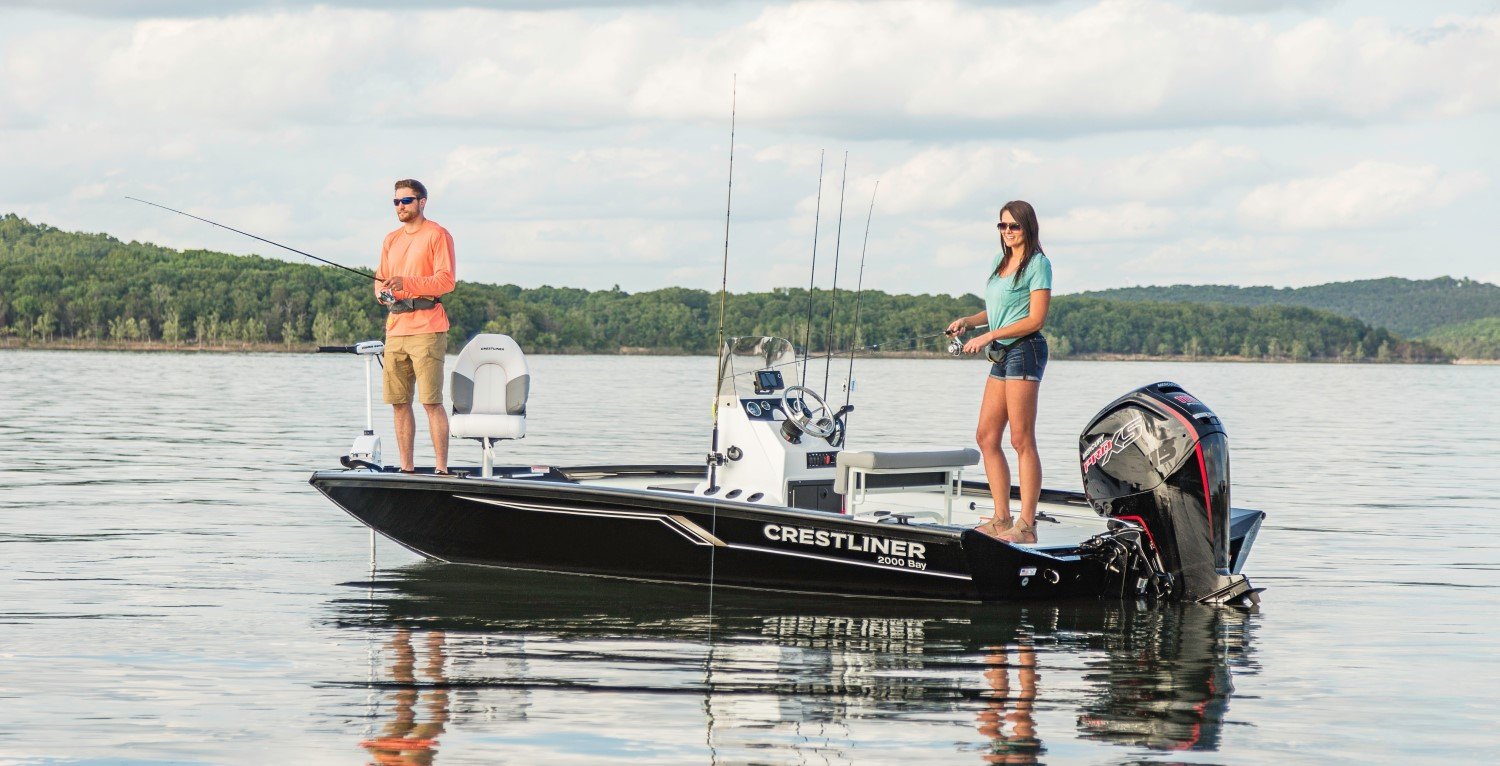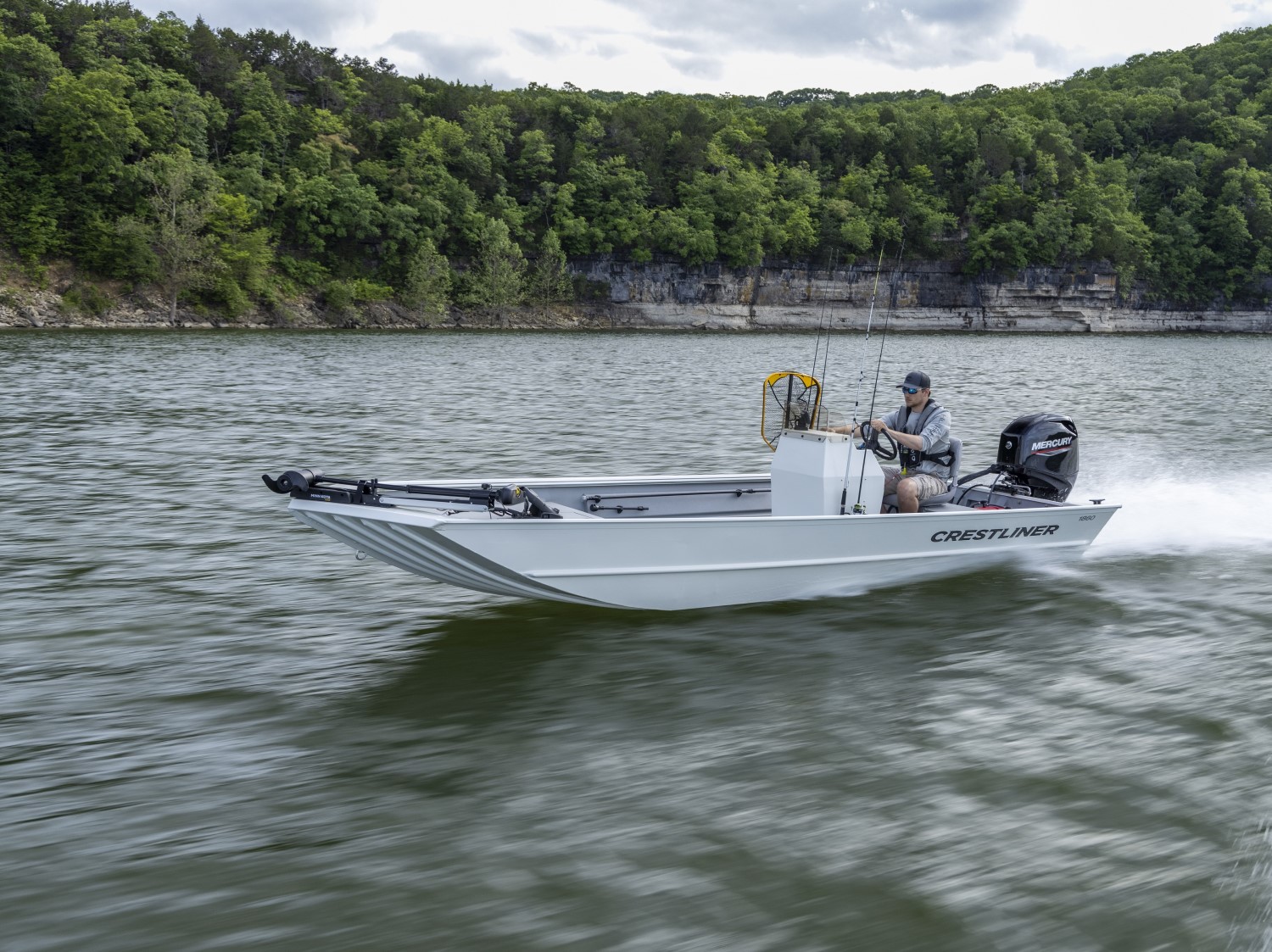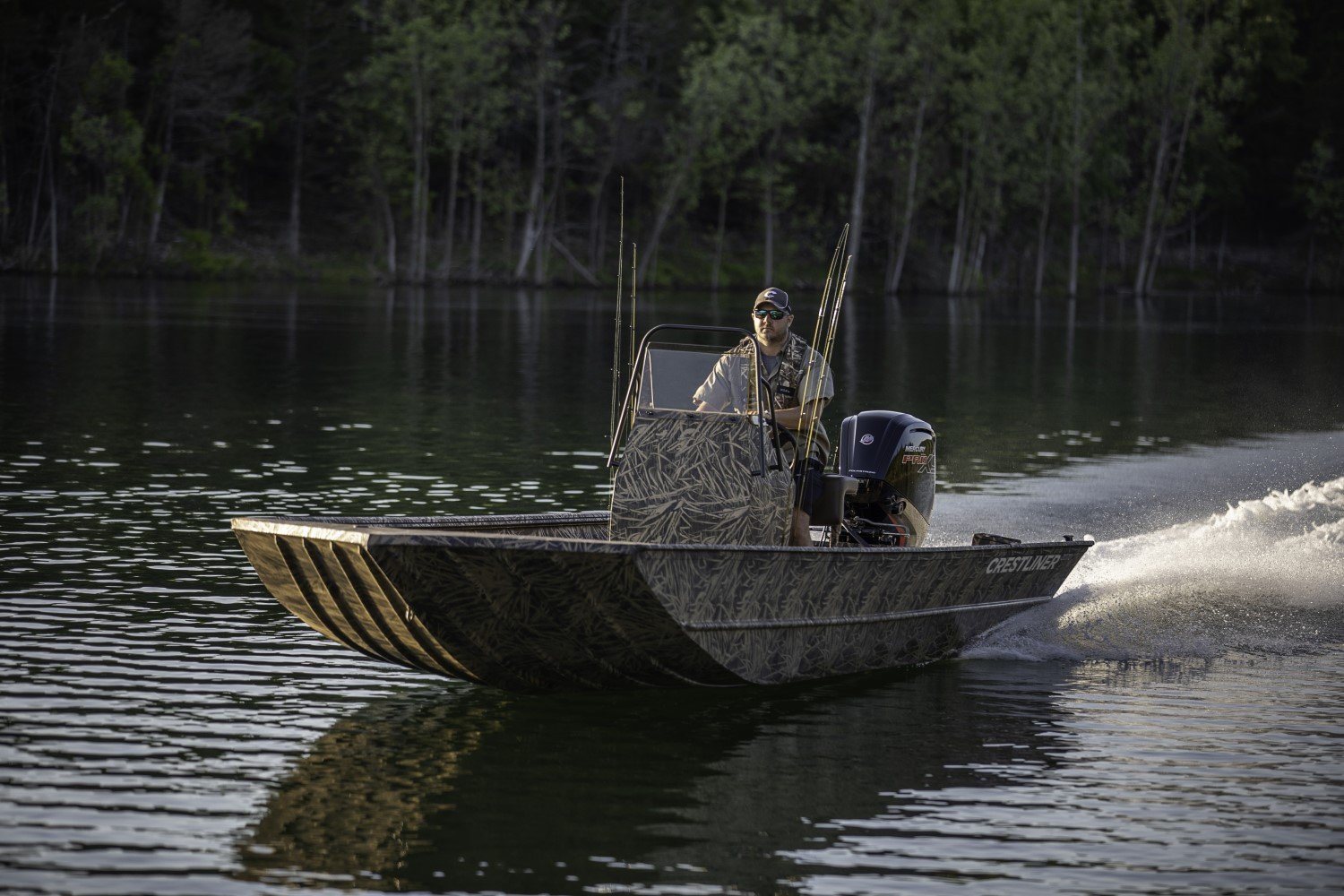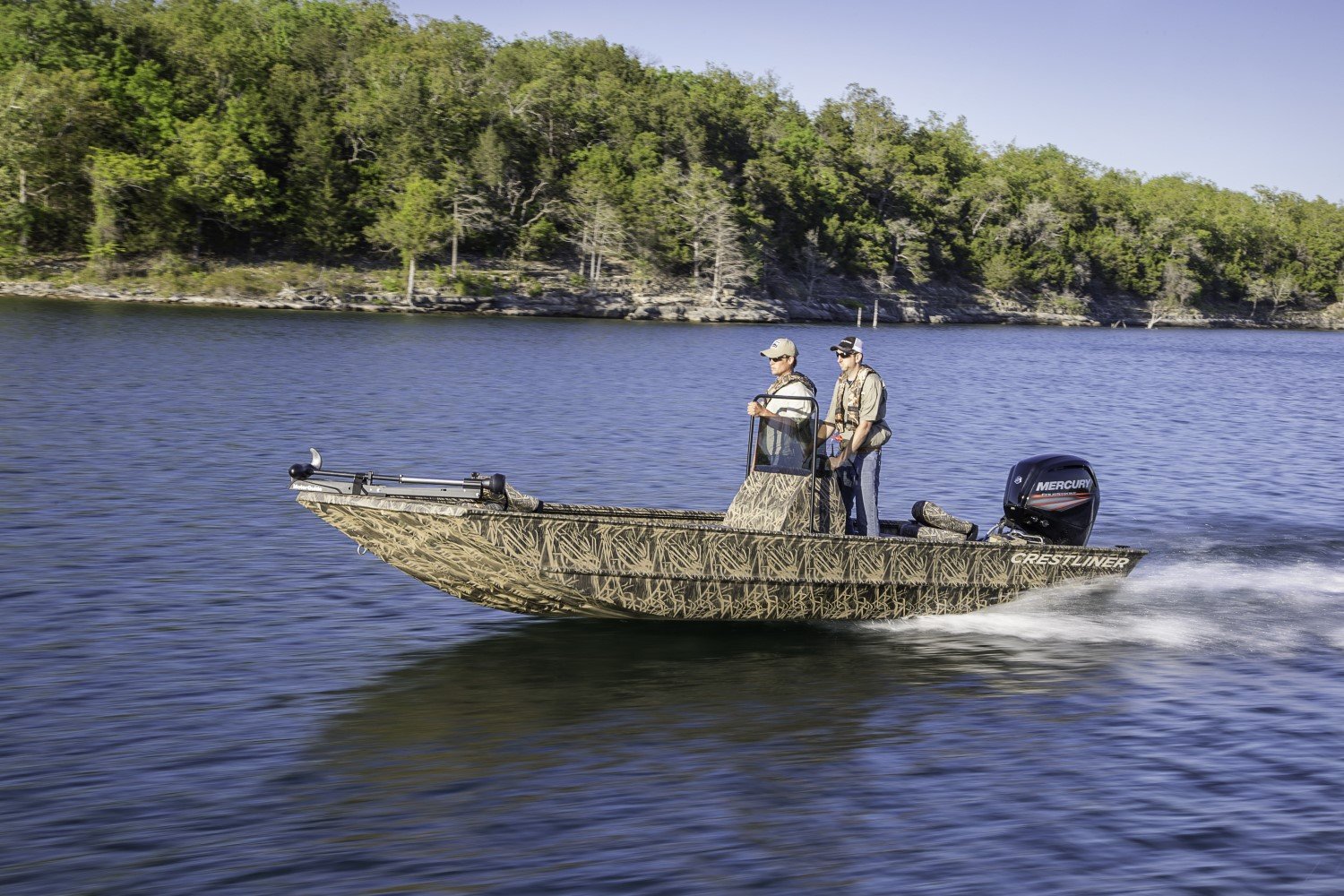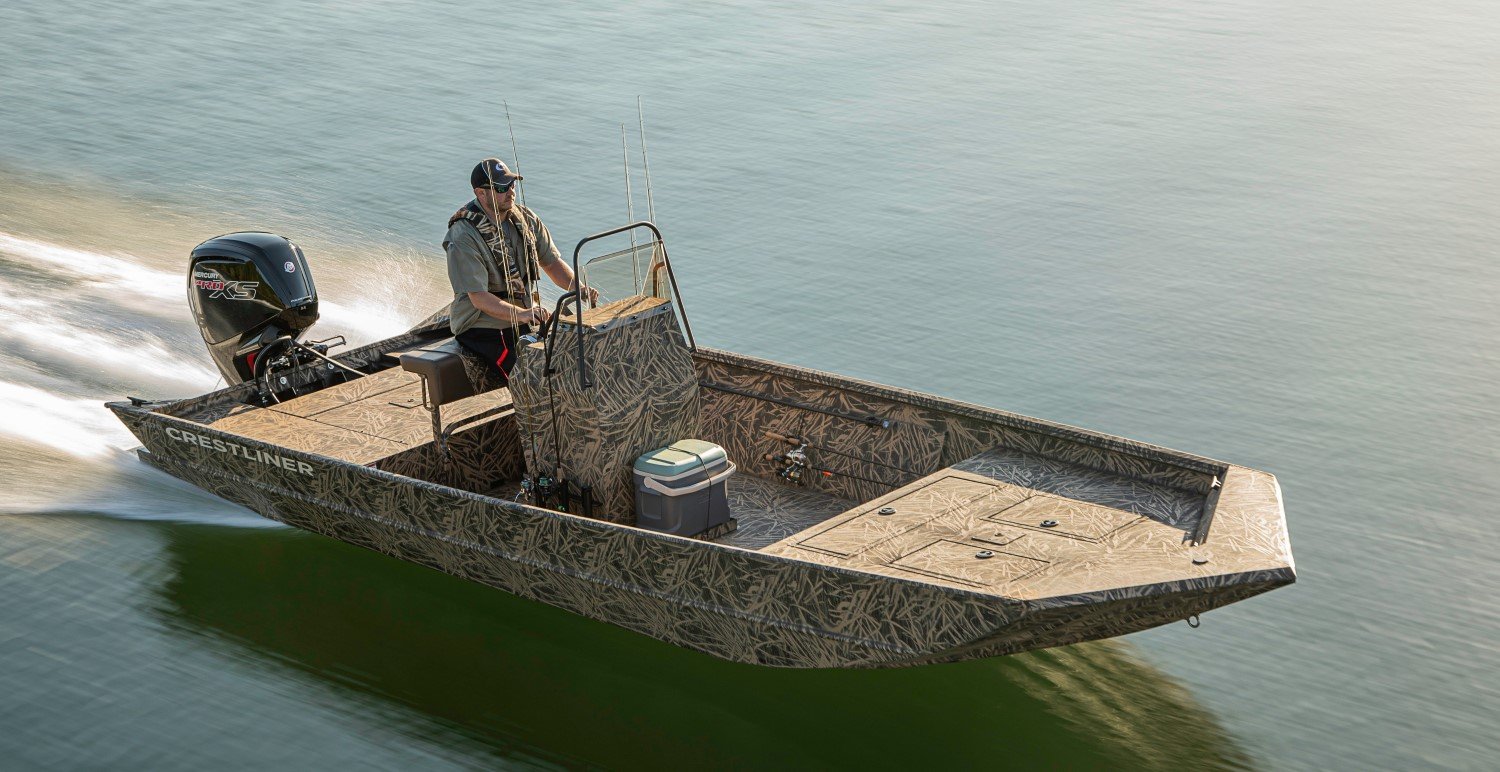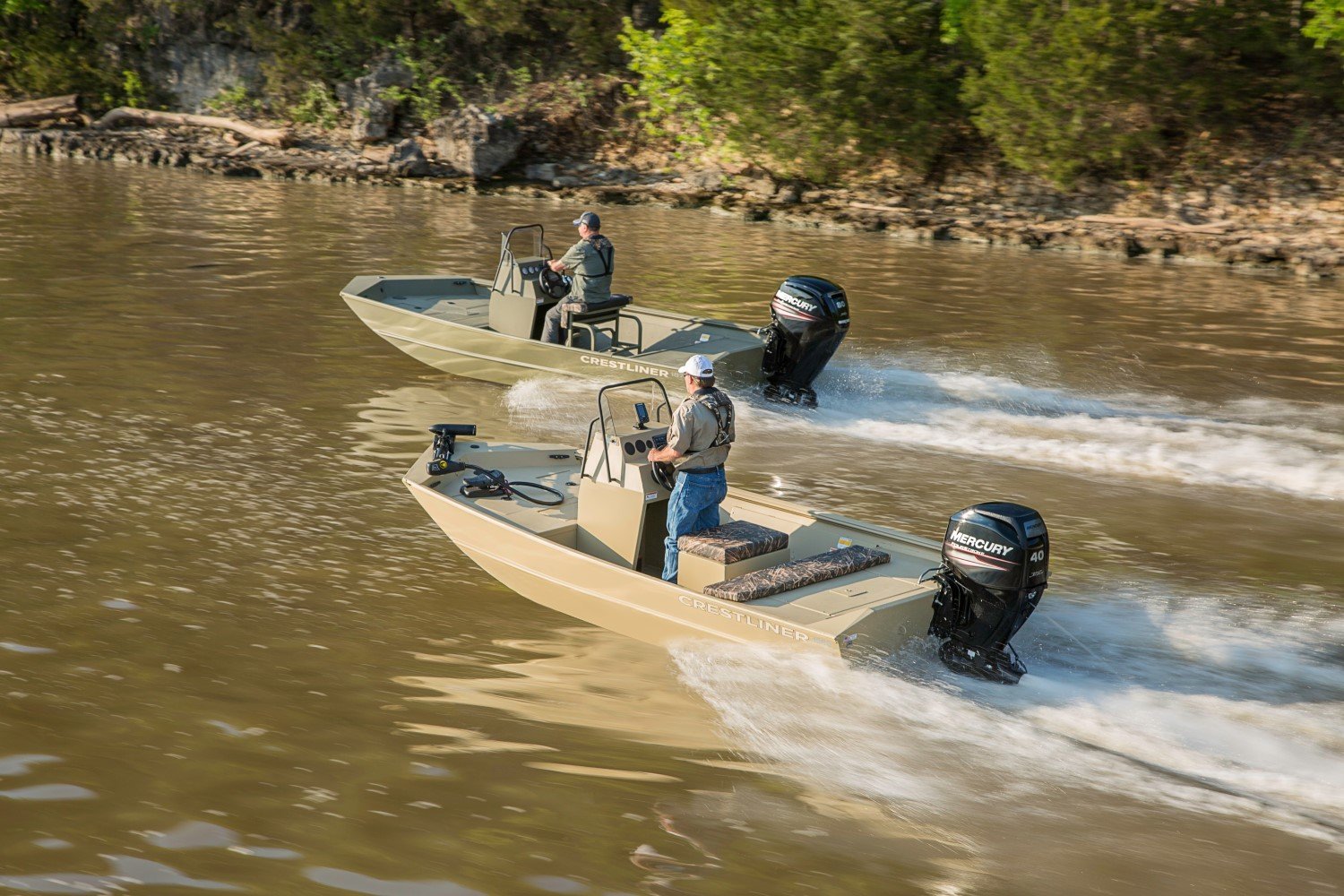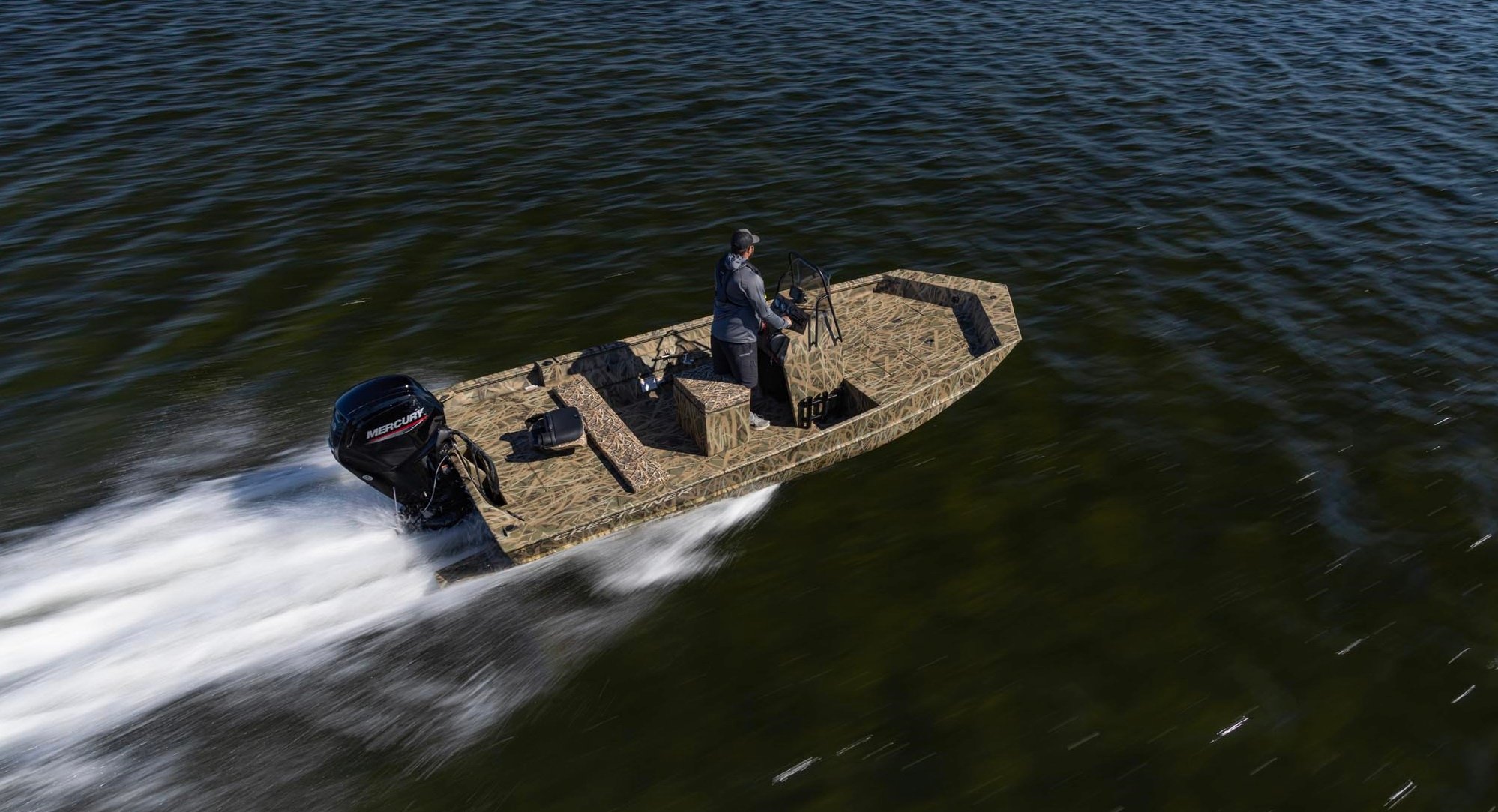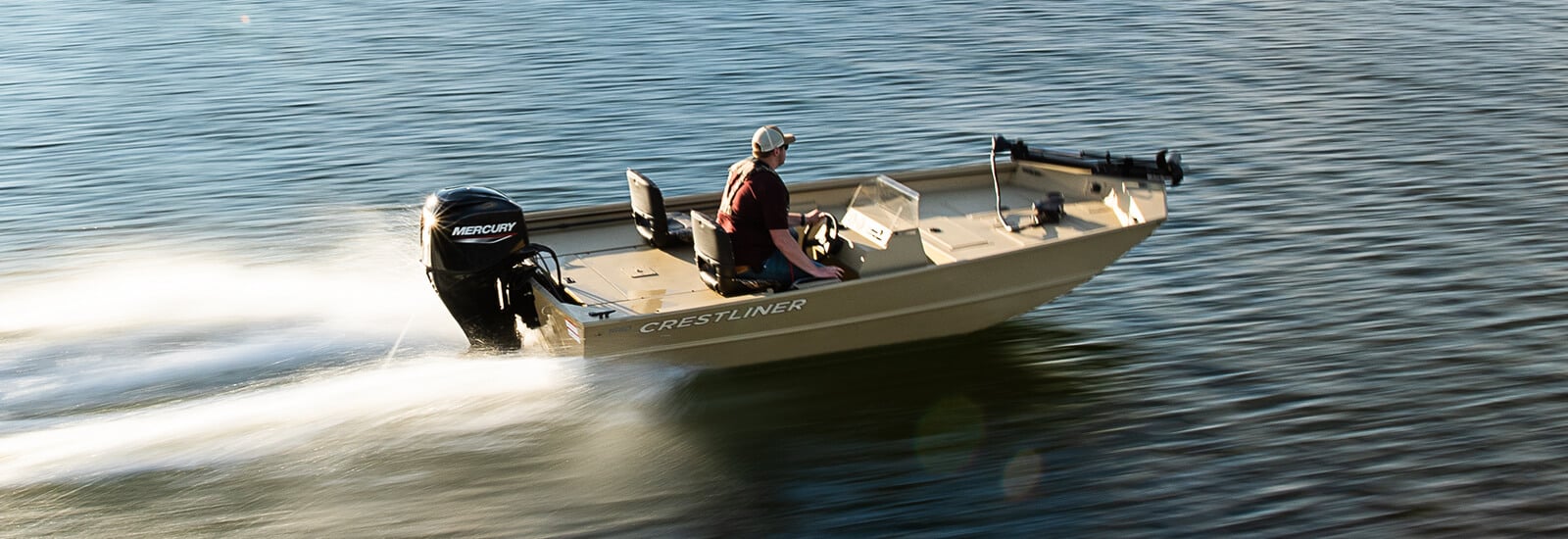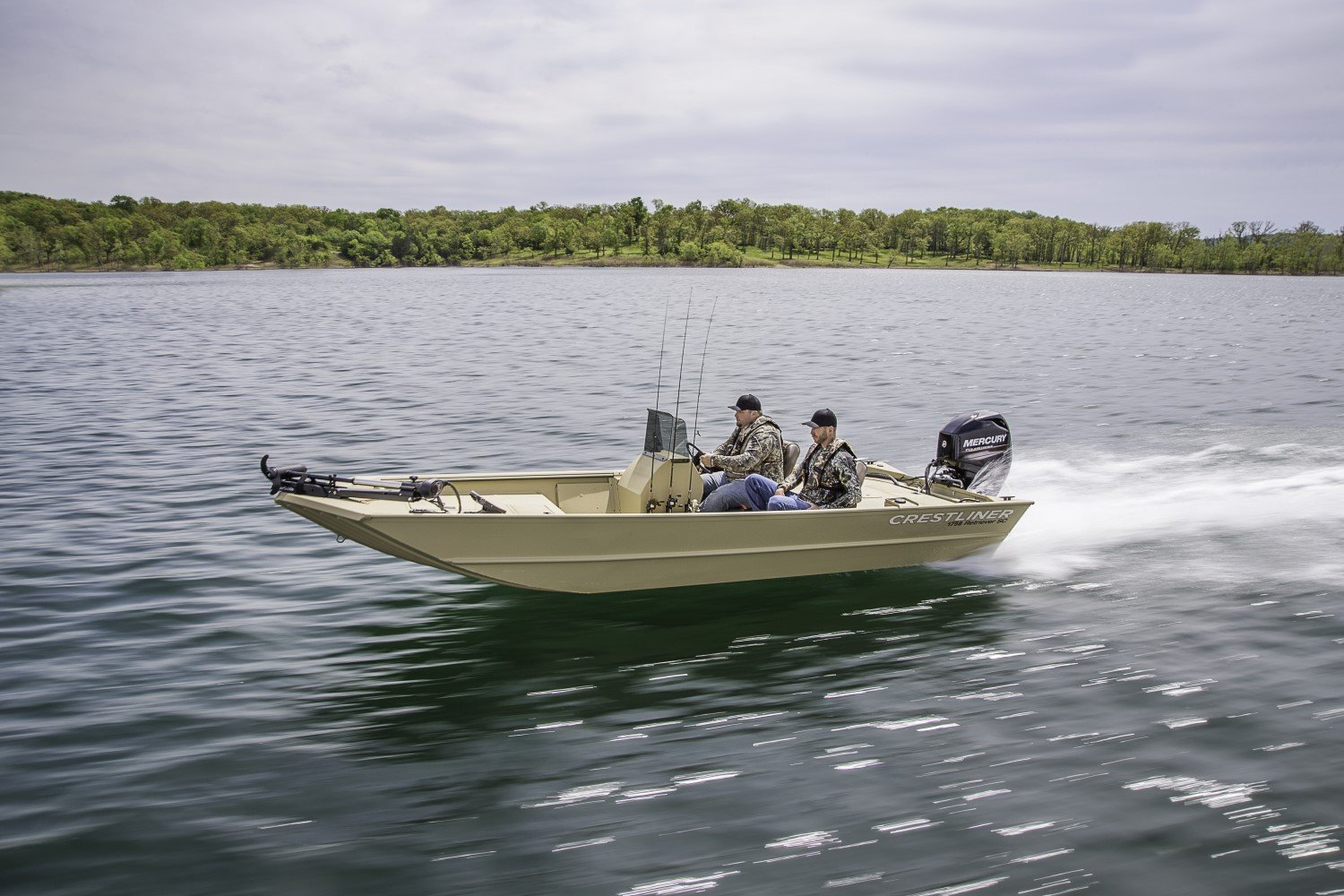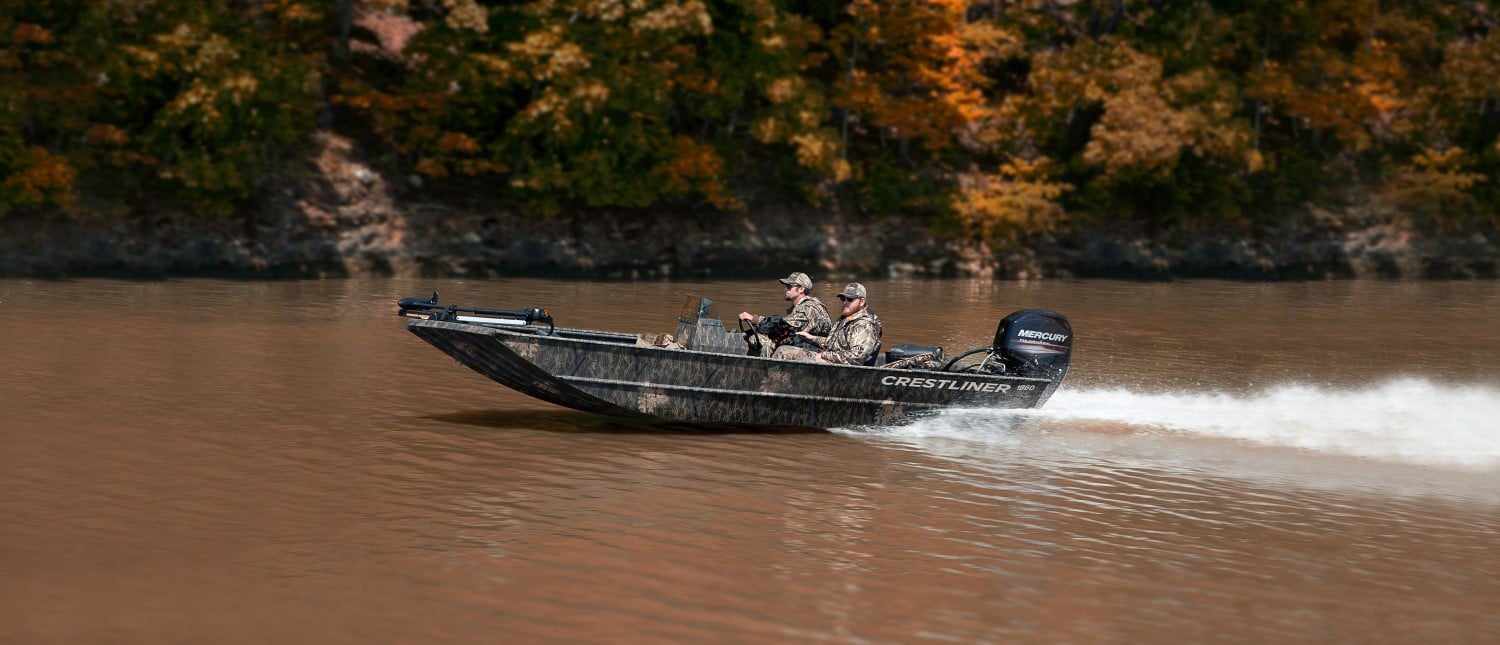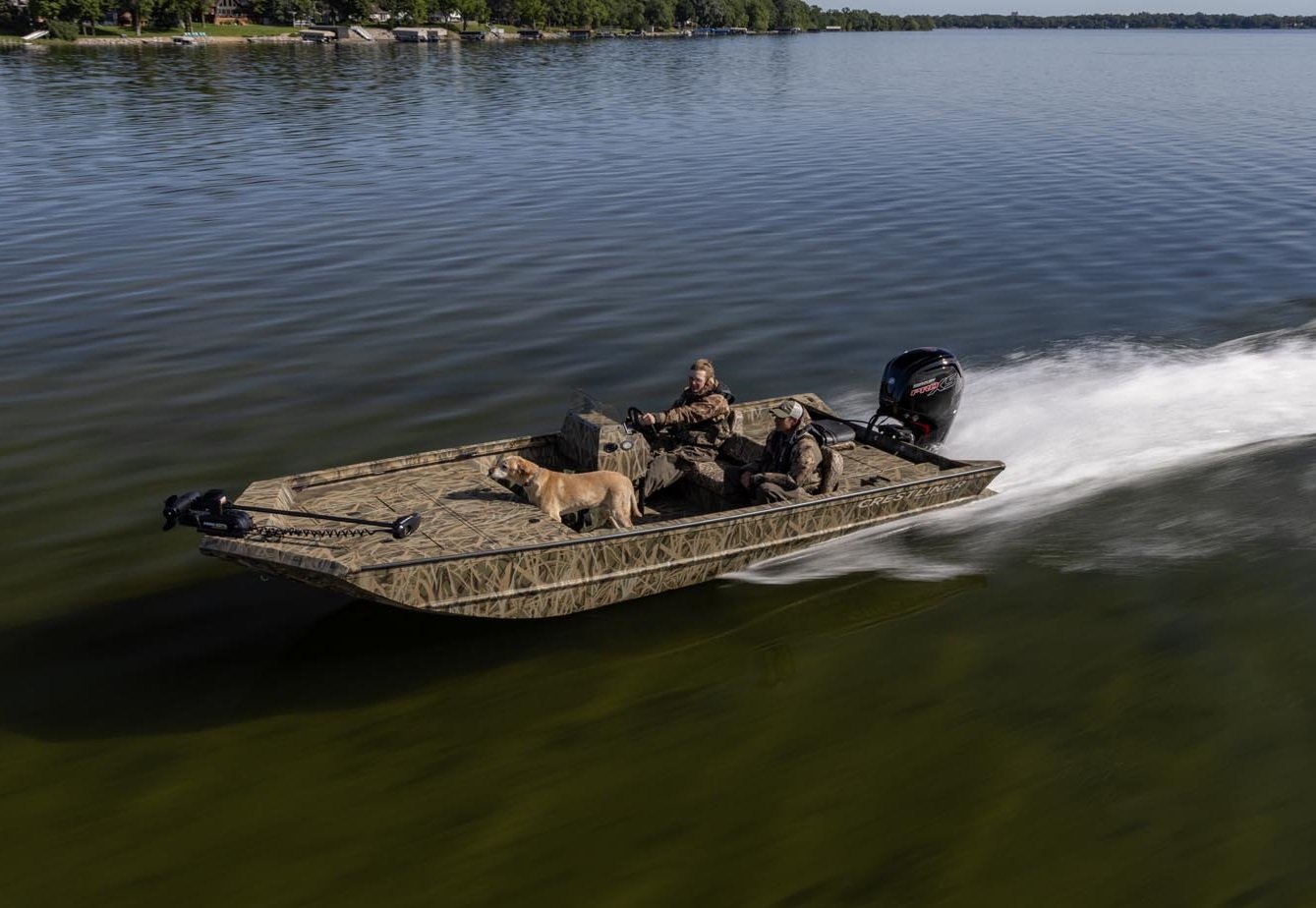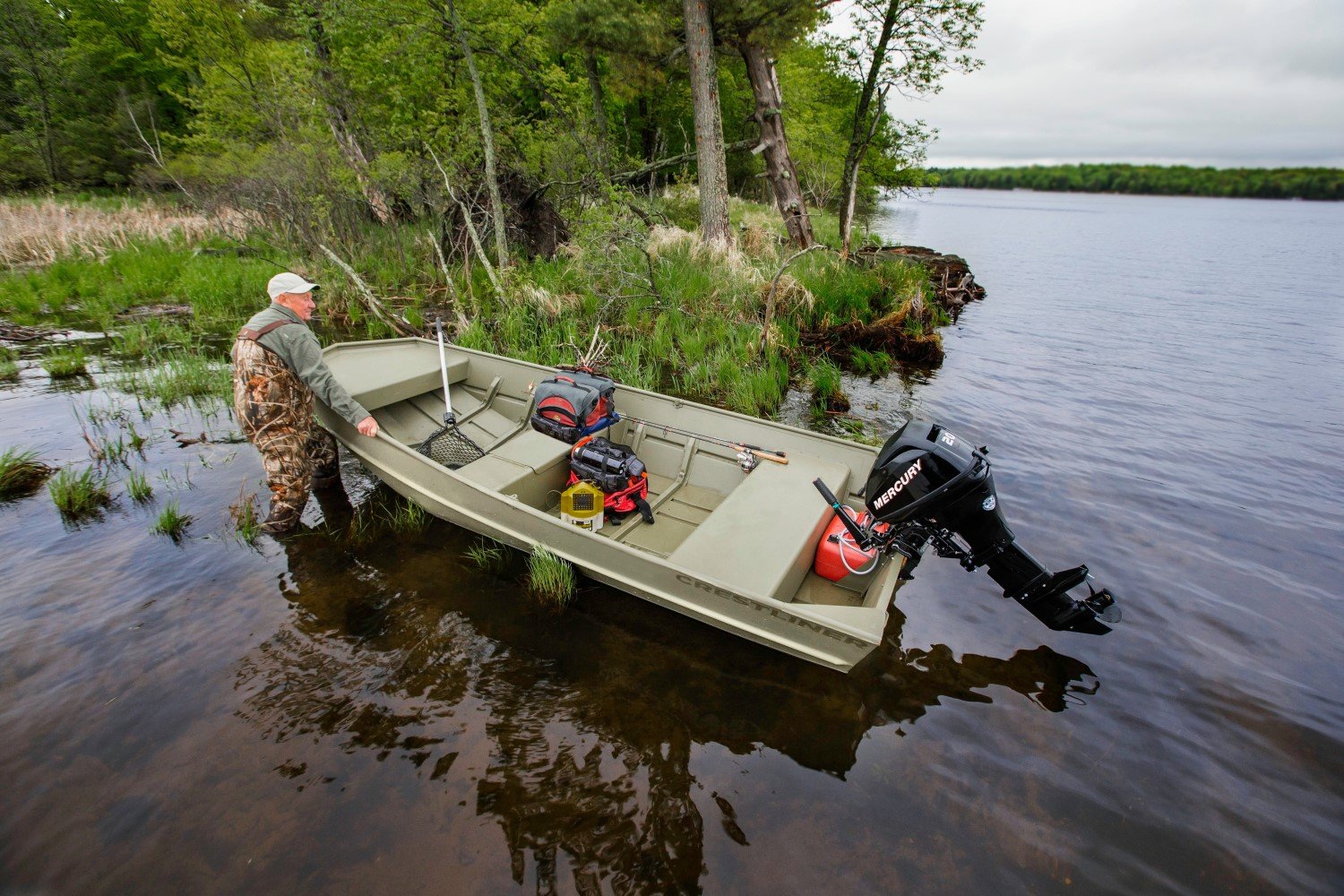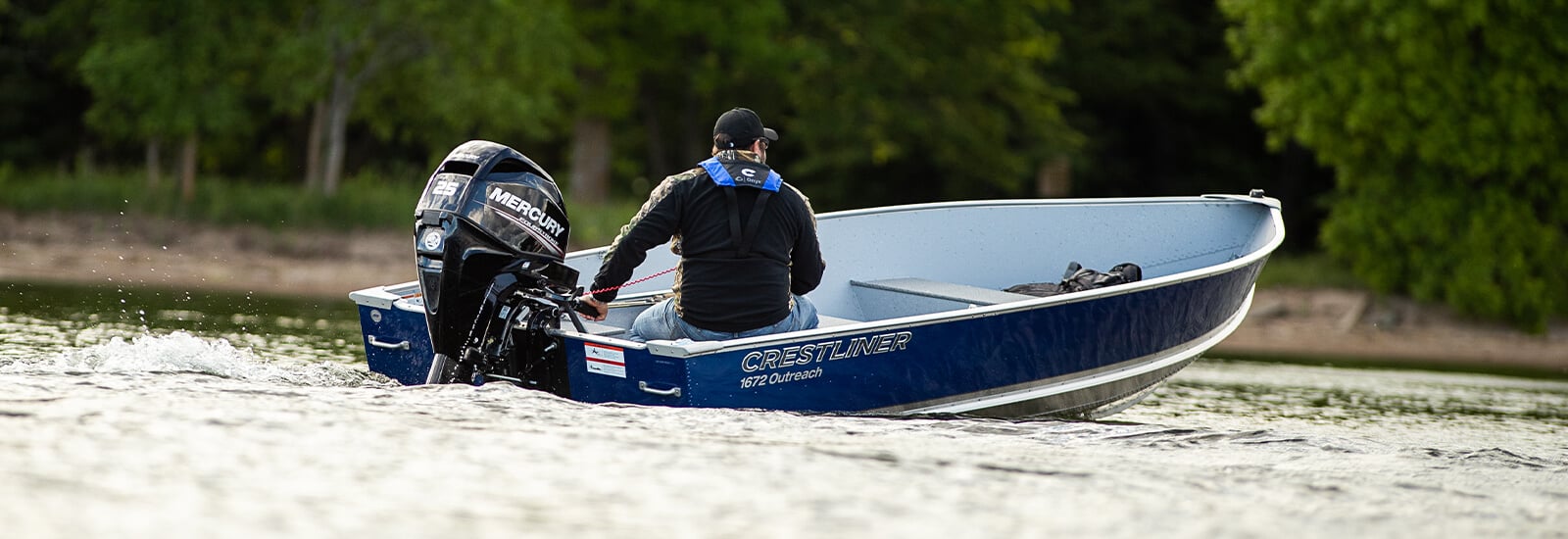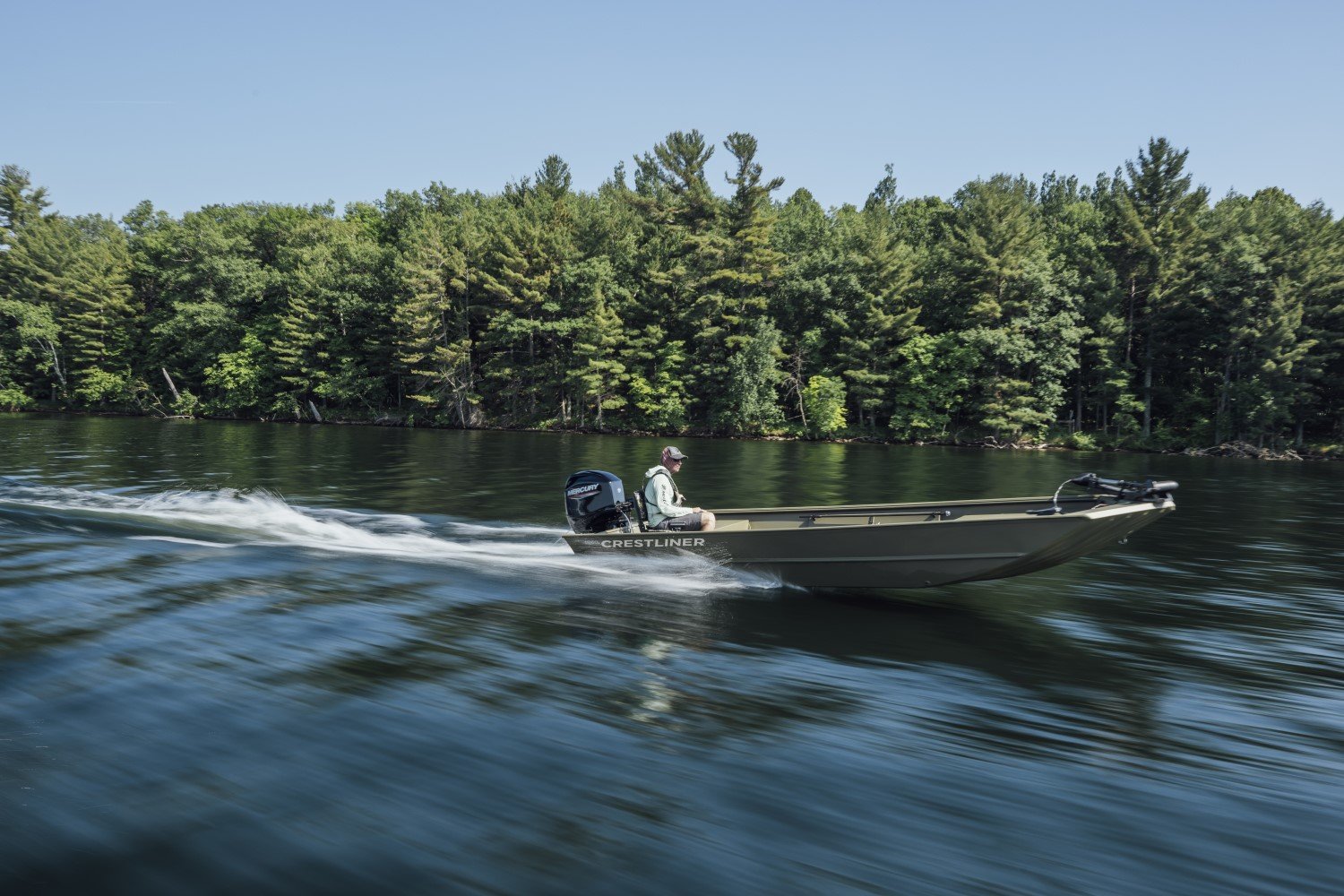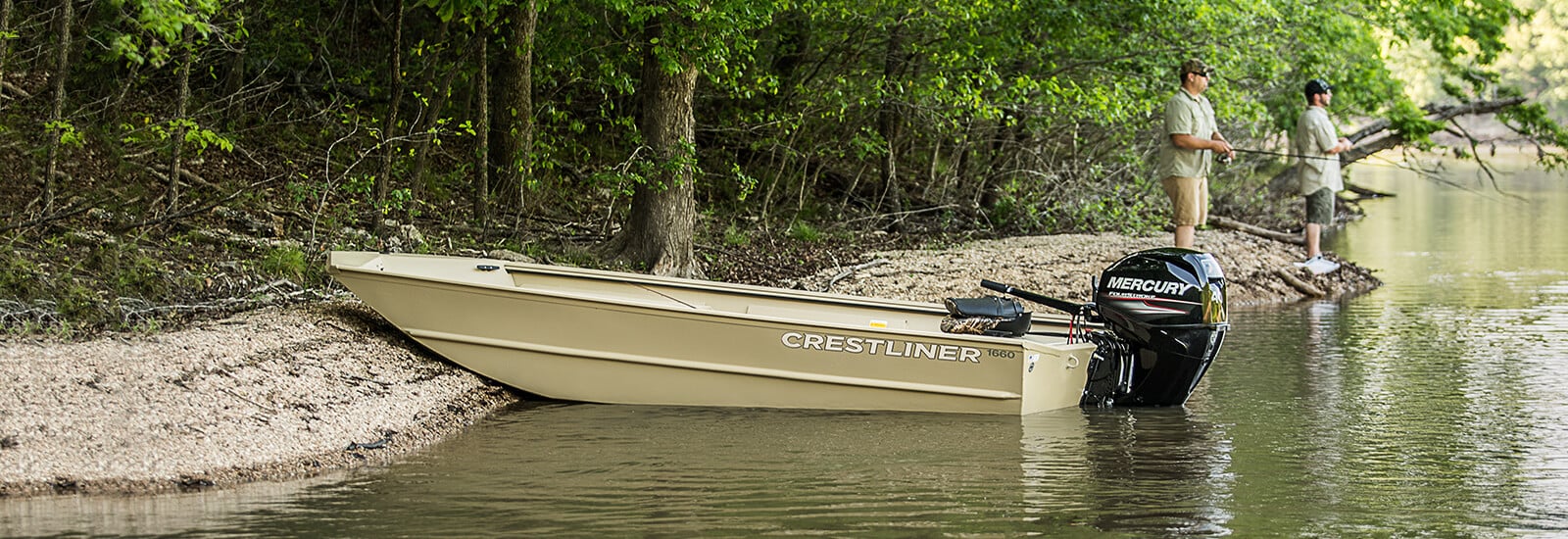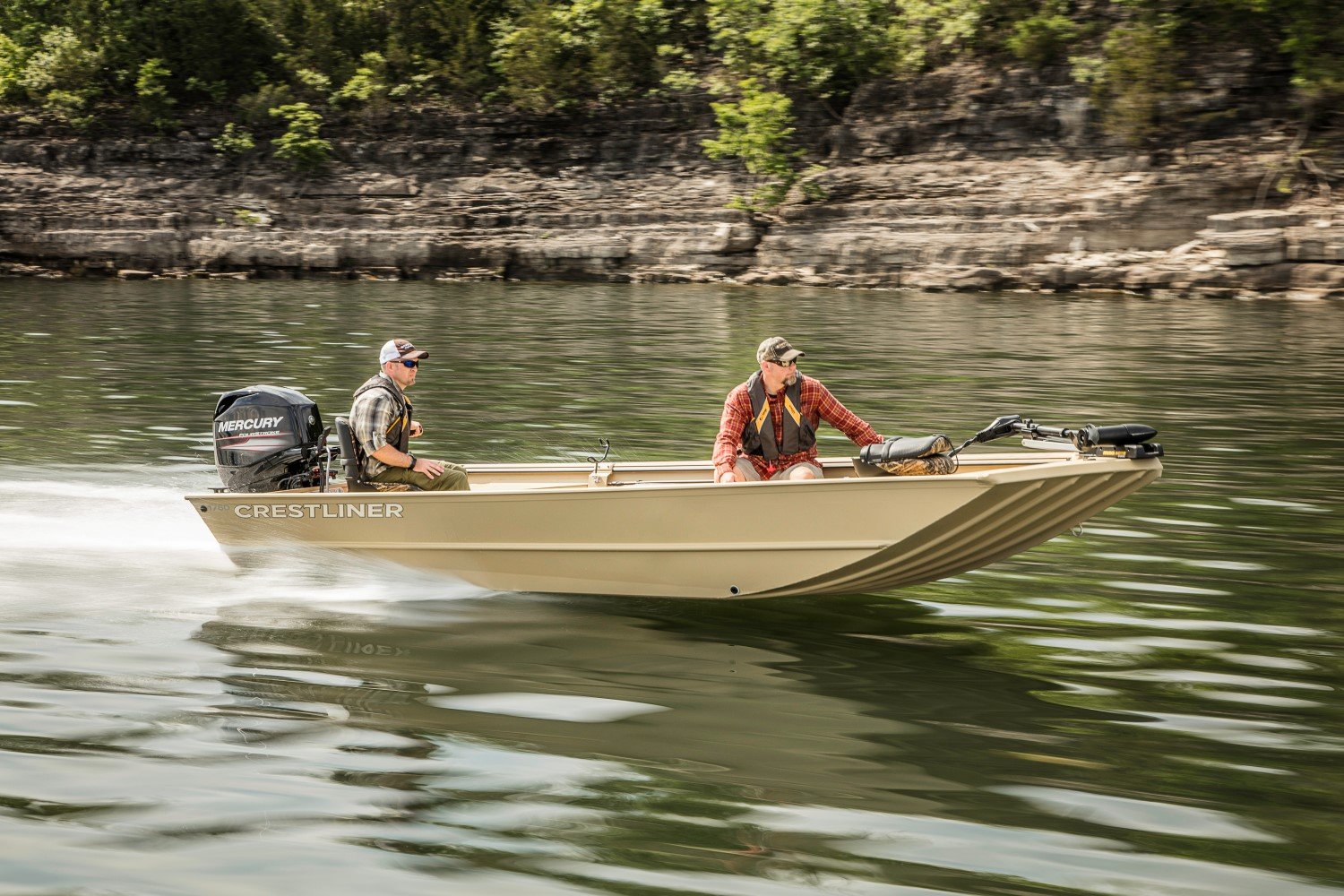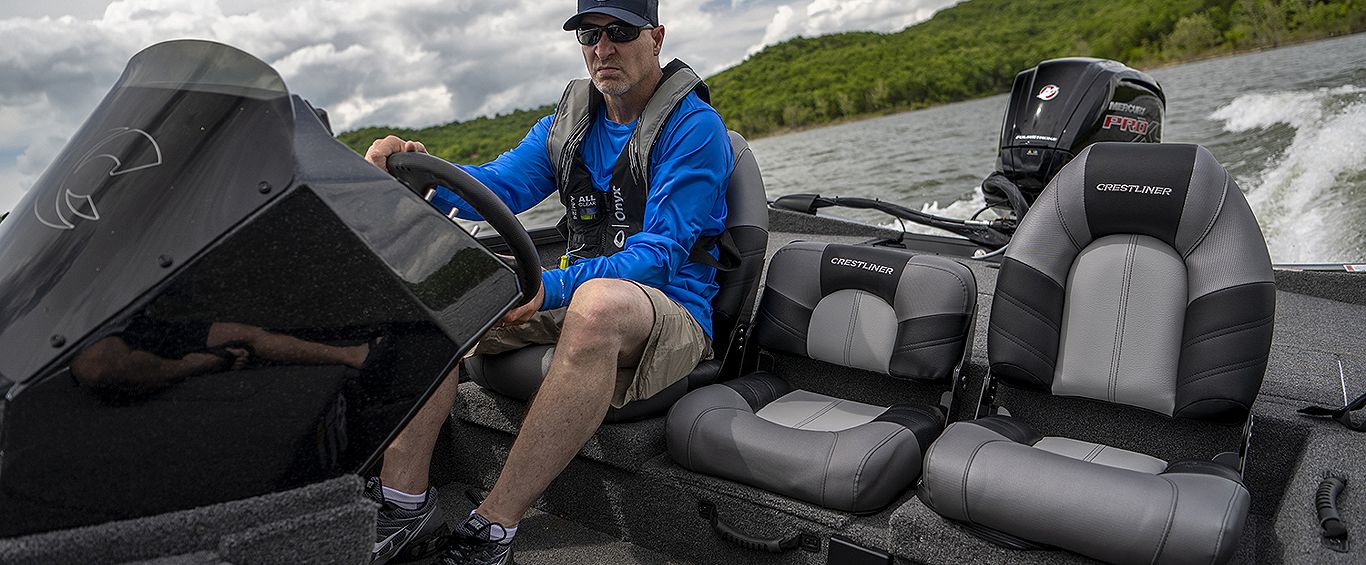How to keep your boat looking sharp
Caring for marine grade vinyl on your boat is important but it does not have to be hard. Follow these easy boat cleaning tips and keep your marine upholstery free of fishing grit, mold, mildew and grime. With regular care, your marine vinyl will become for durable, resist fading and withstand sunlight, and last for years, keeping your boat looking new.
Marine Vinyl Cleaning
Marine vinyl care is primarily about thorough and consistent cleaning. Wash seating regularly with a mild soap and water. Be sure to rinse after each outing and use a soft cloth to remove dirt, sunscreen and sweat. For tight areas or stitching, use an old toothbrush to loosen dirt.
Dry your vinyl fabric thoroughly and do not rely on simple air drying because moisture can get trapped near piping or in the sewing thread. Moisture leads to mildew which both discolors vinyl and makes it smell. Professional mildew removers are available and are specially formulated for marine use so check for manufacturers recommendations.
For tough stains, use a soft bristle brush and a marine vinyl cleaner – there are many on the market. For ink marks, use sunscreen but then remember to clean that off with soap and water.
Do not use household cleaners or window cleaners with ammonia. These products can strip marine vinyl of its UV inhibitor properties. Do not be tempted to use degreasers (that can clog the vinyl’s pores so it does not breathe or ventilate the cushion material inside) or gasoline (which will clean about anything but will damage the protective coating). Never use bleach or a power washer.
Protecting Marine Vinyl
Once your vinyl is clean, protect it with a sealant. Mildew treatments can be sealants but remember that this process is not a one-and-done proposition so set a regular maintenance schedule to renew the application of these protectants. Sealants and conditioners also help protect seats from drying out and cracking, especially in exceptionally dry climates. Do not use automotive vinyl treatments with silicone which can break down key marine vinyl properties.
Two straightforward ways to protect vinyl is to keep it covered and well ventilated. Guarding against UV damage can be as simple as having a cover that you put on any time your boat is not in use. Ventilation during storage is critical to minimizing mildew.
Repairing Marine Upholstery
Small tears or rips may be repaired with a DIY kit. Buy one that has a base compound to match the color of your seats. Clean and dry the surface and use the applicator to add the repair compound over the damaged area. Let it cure and then smooth it with high-grit sandpaper or follow the directions in your kit.
If you do not feel comfortable doing a repair yourself, reach out to a boatyard or your Crestliner dealer for professional care or replacement.
Learning how to clean and care for your vinyl will save you money and keep your boat looking new. For more info, ready our guide to preparing your boat for spring launch.

